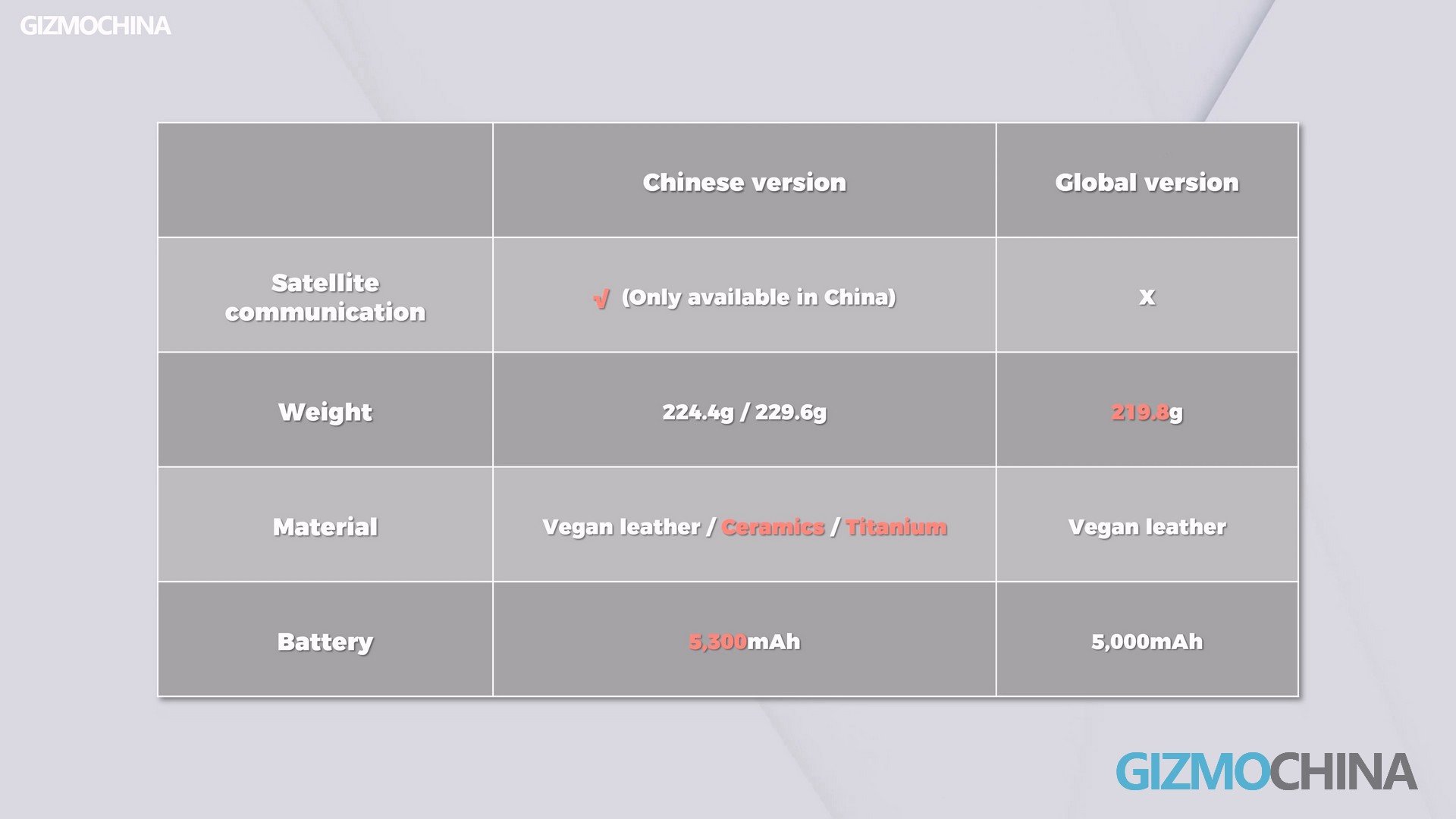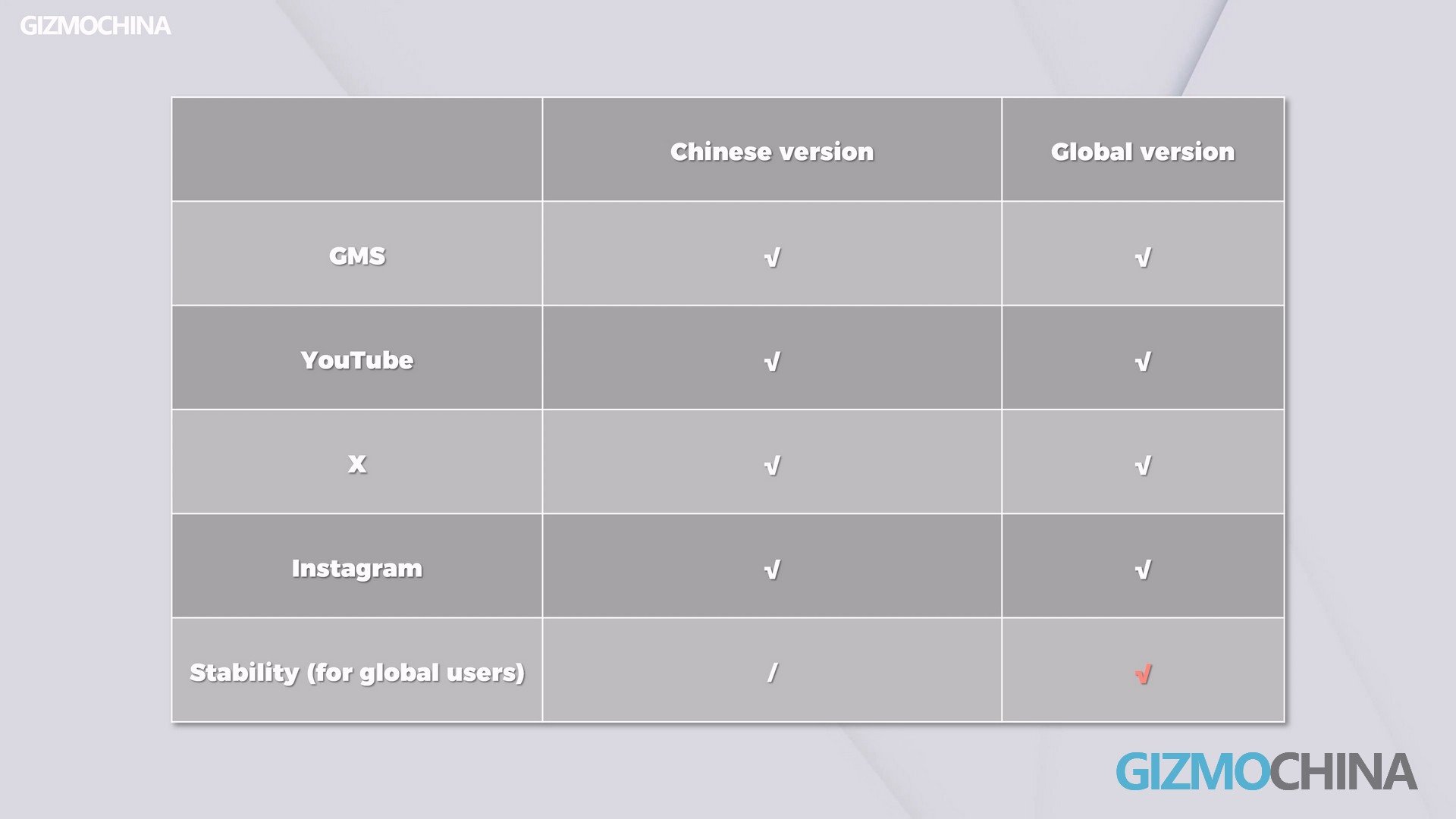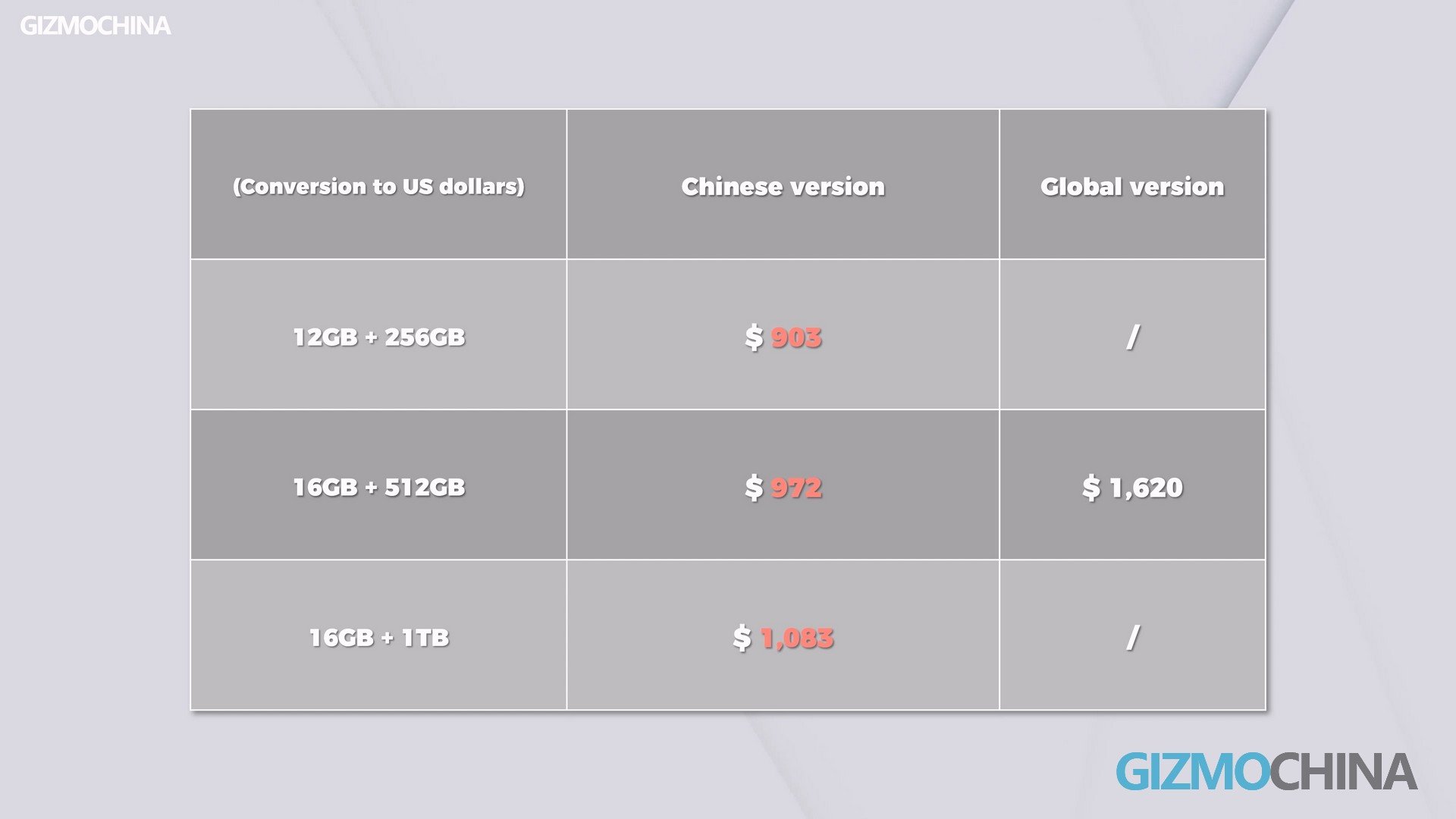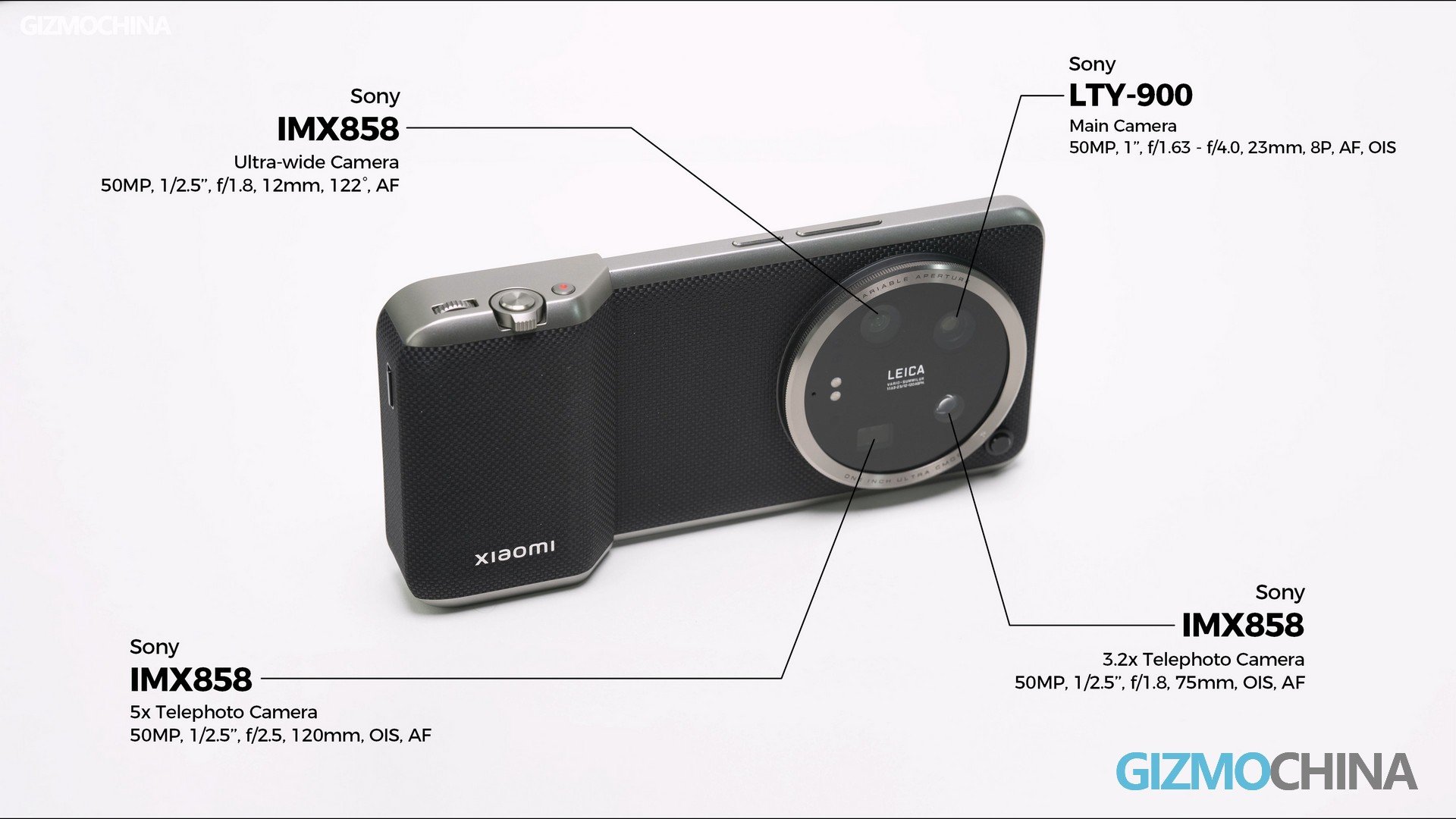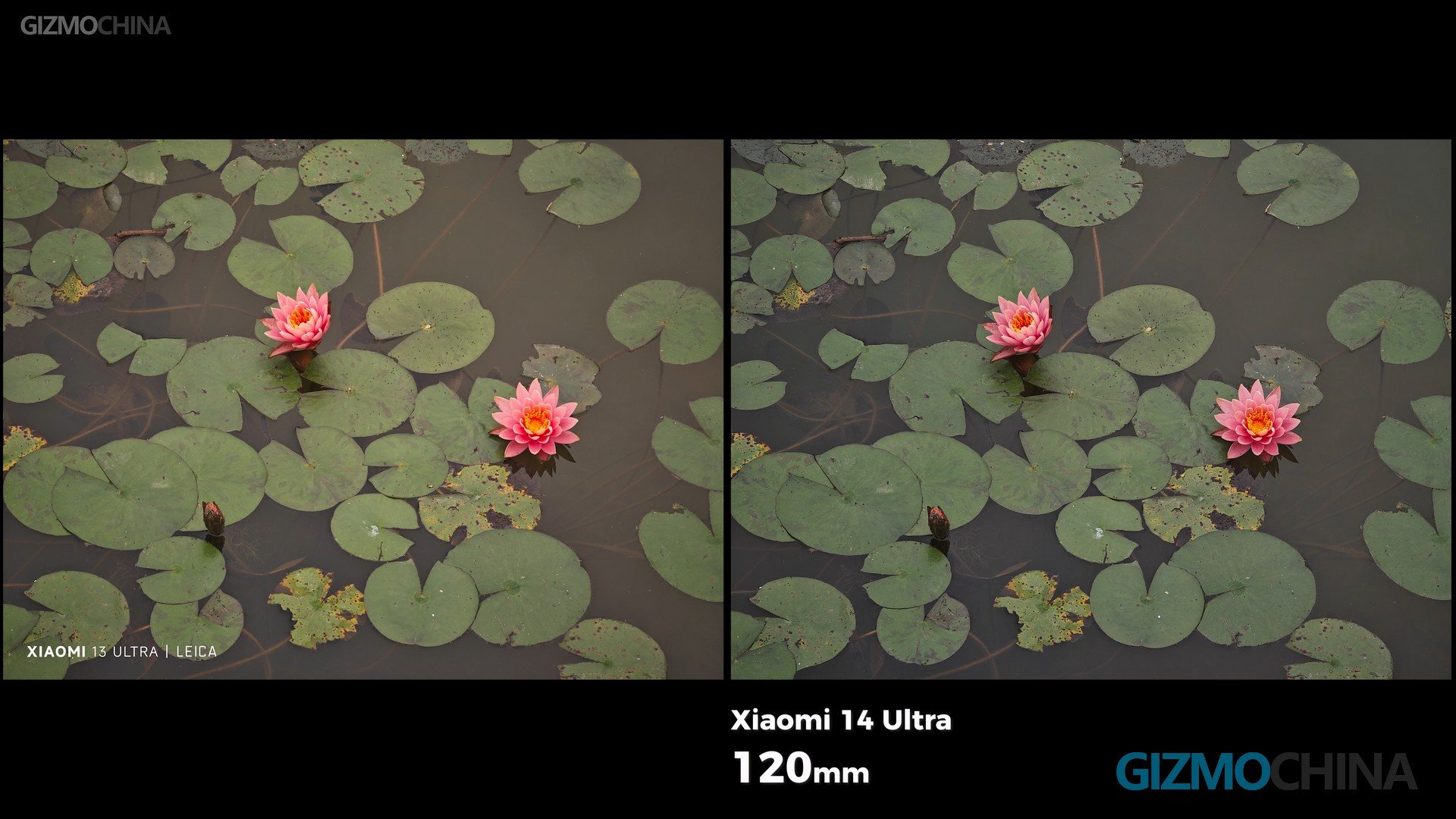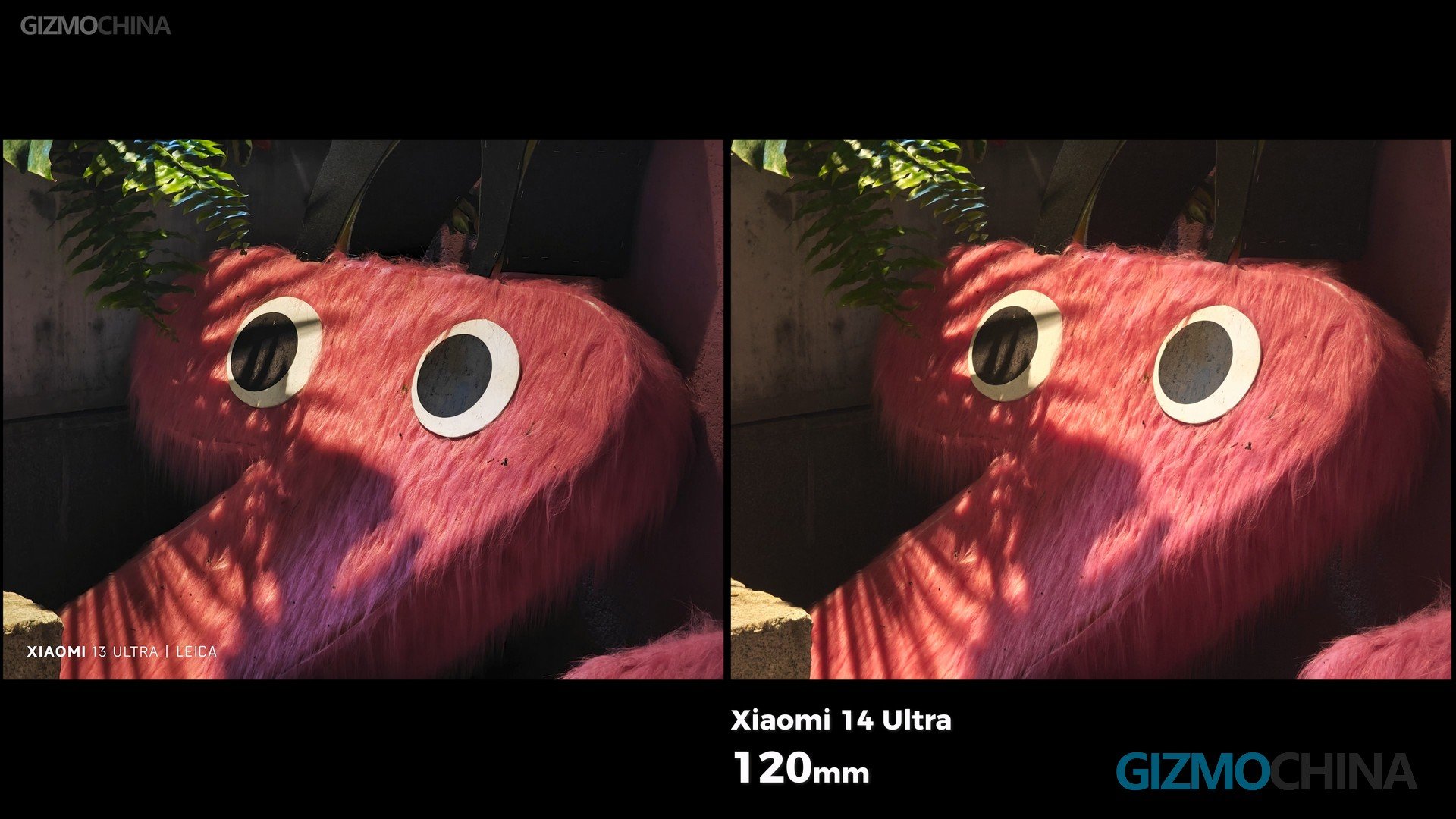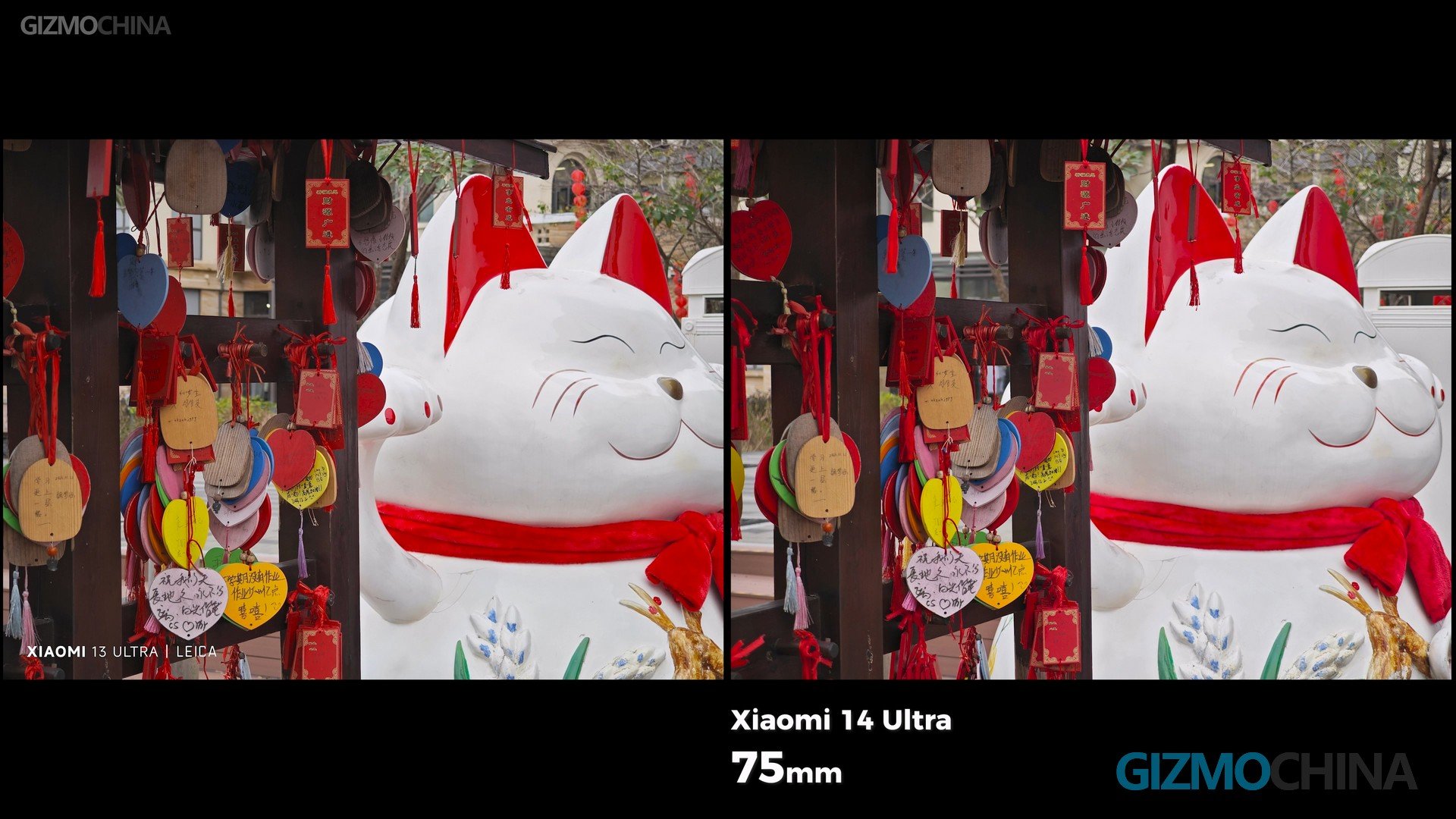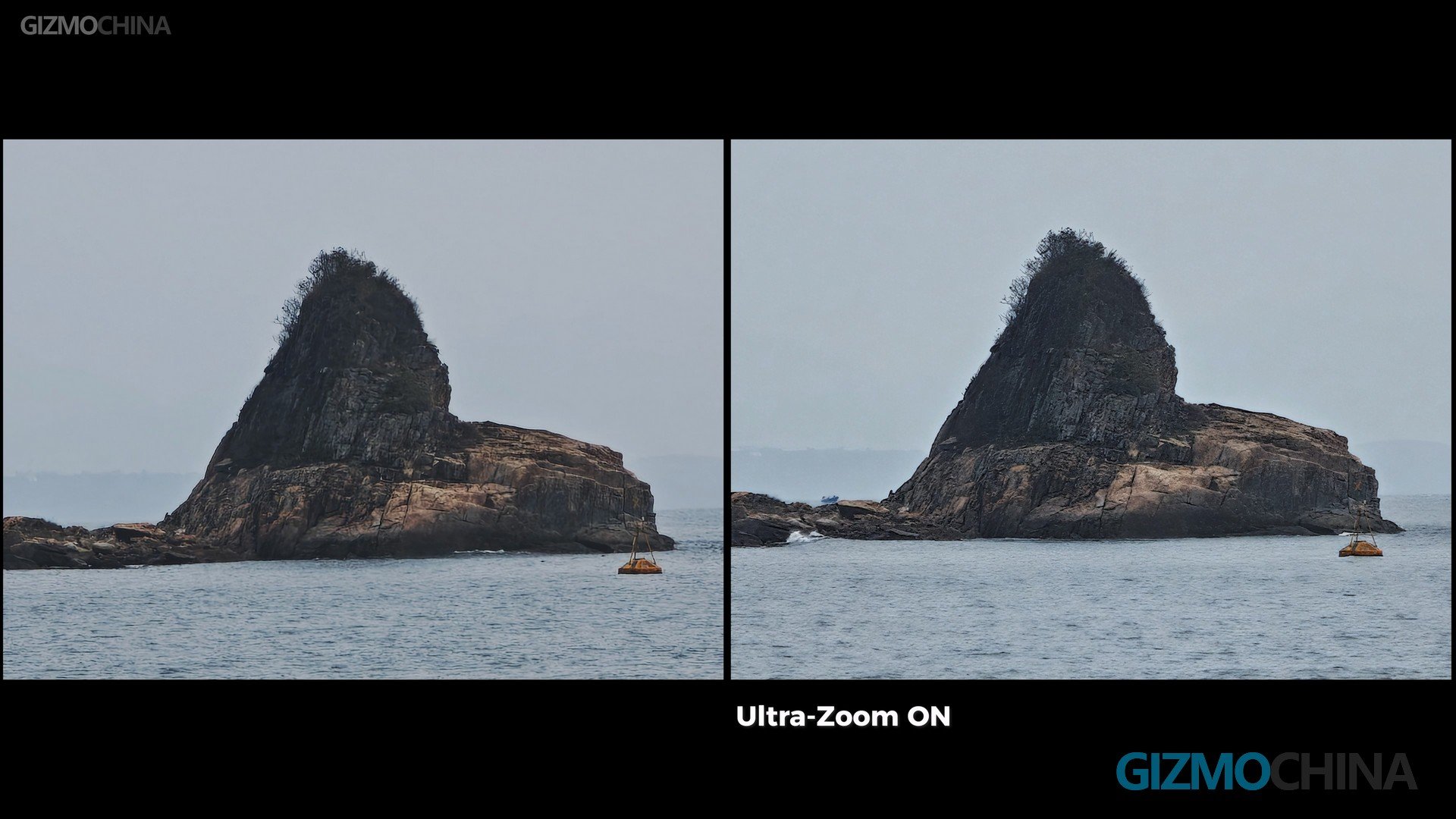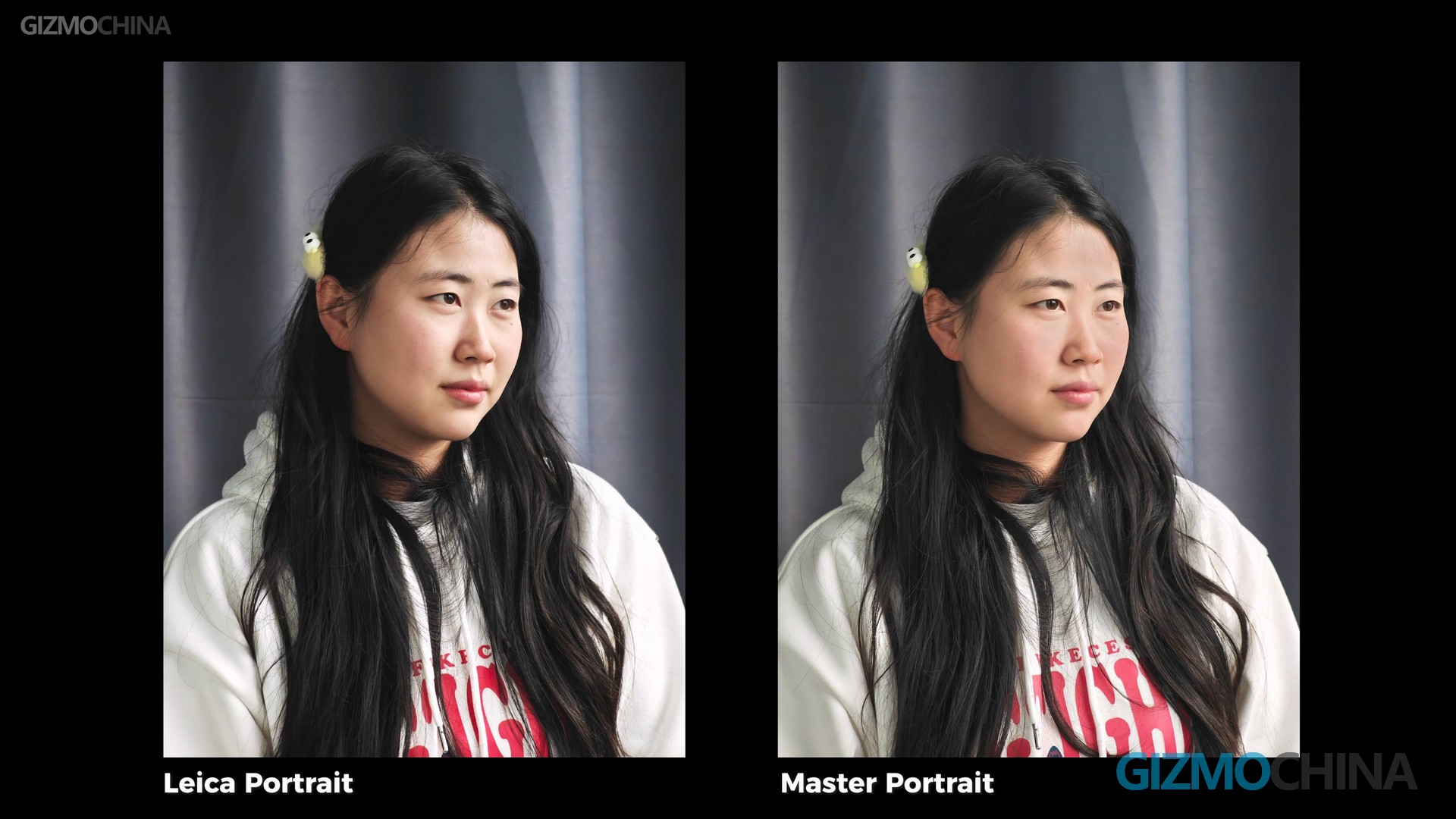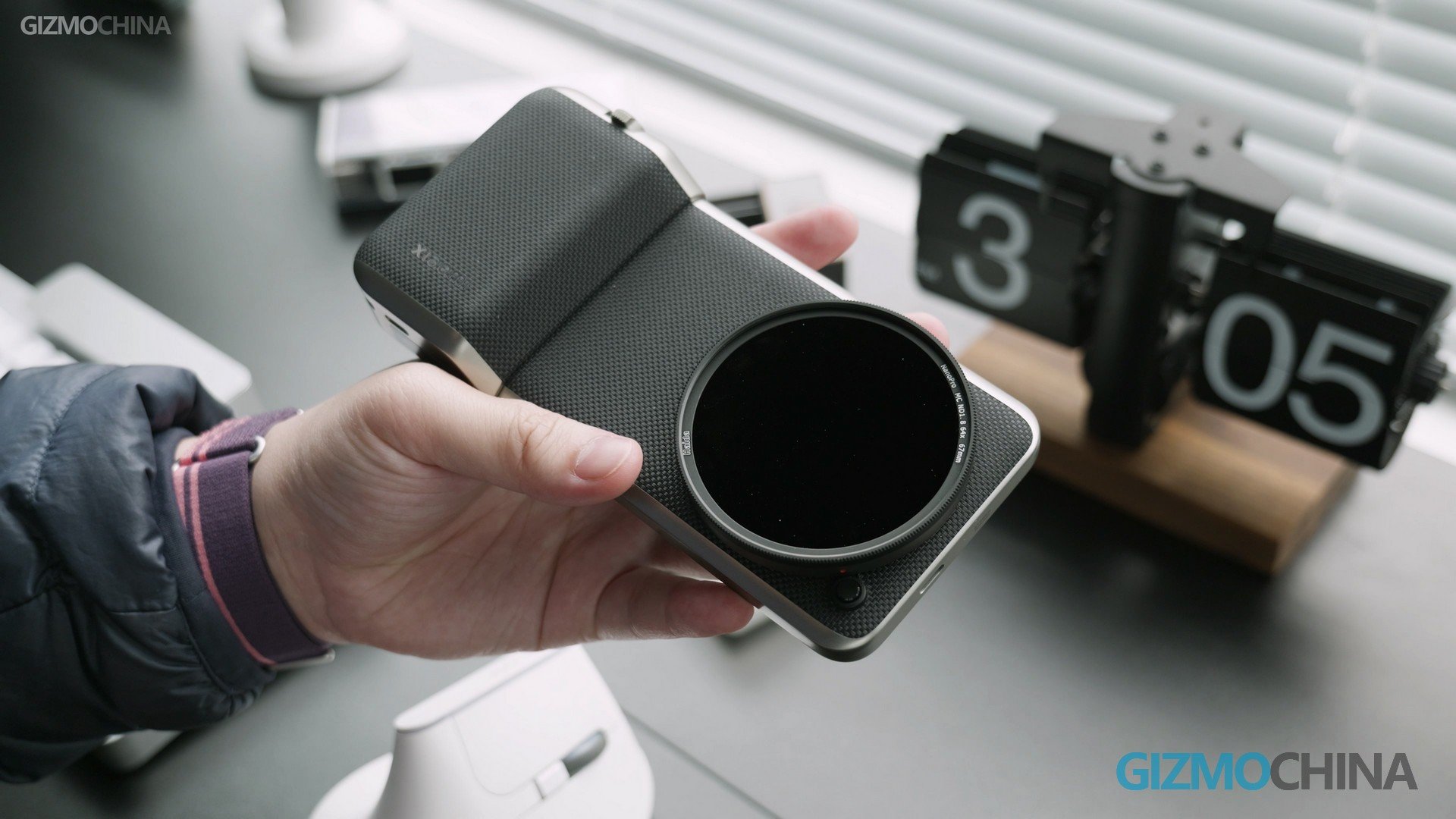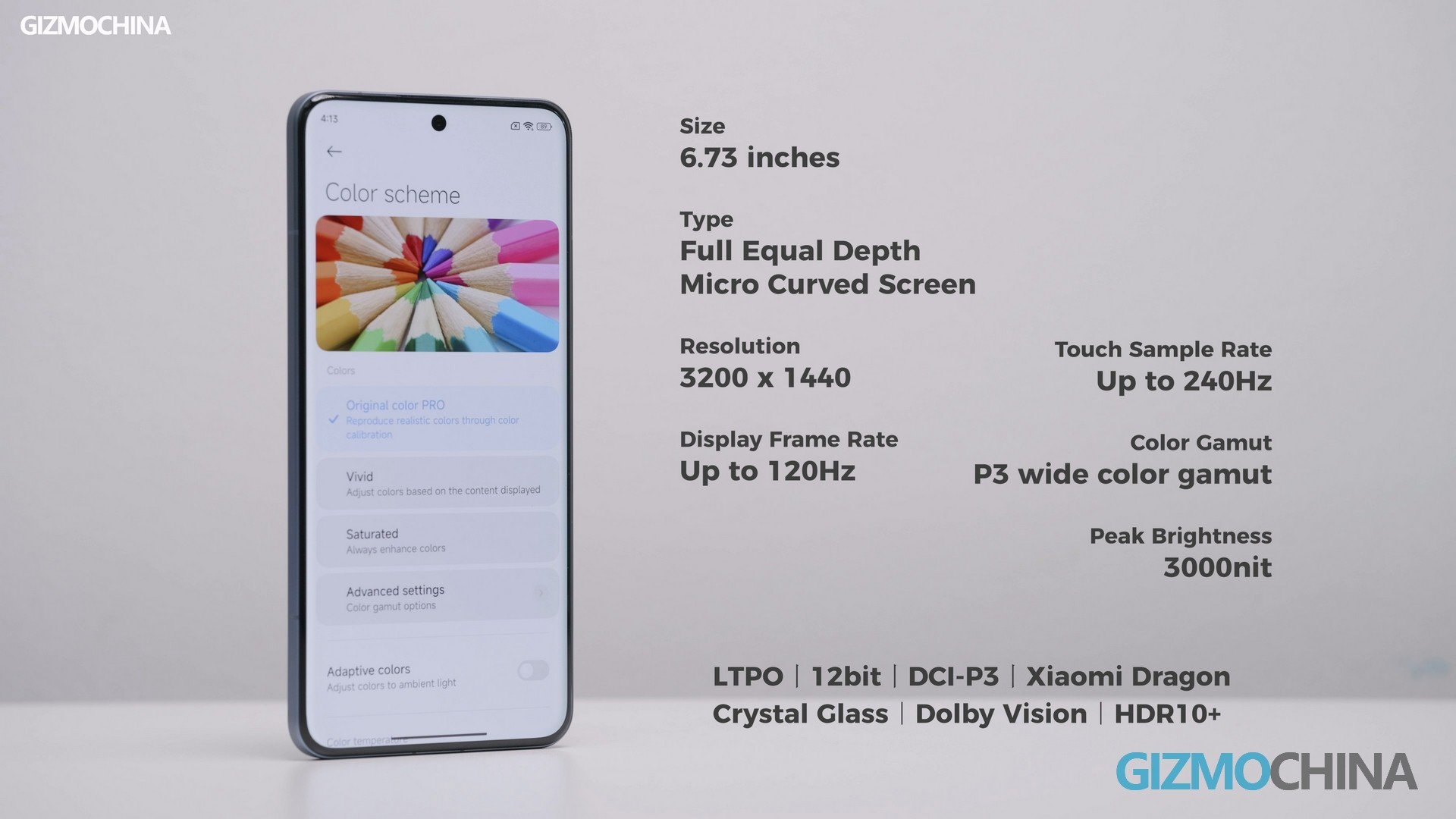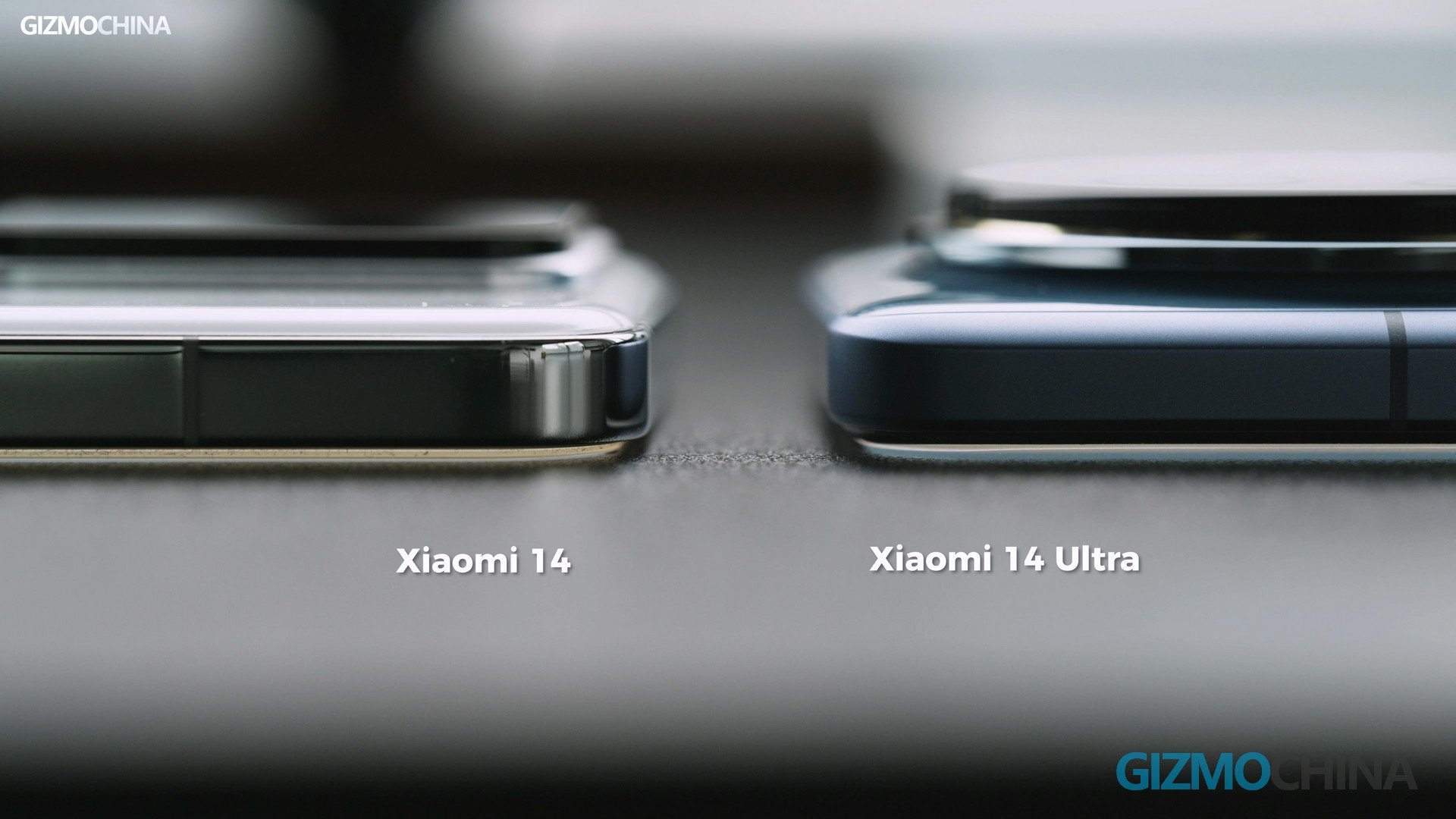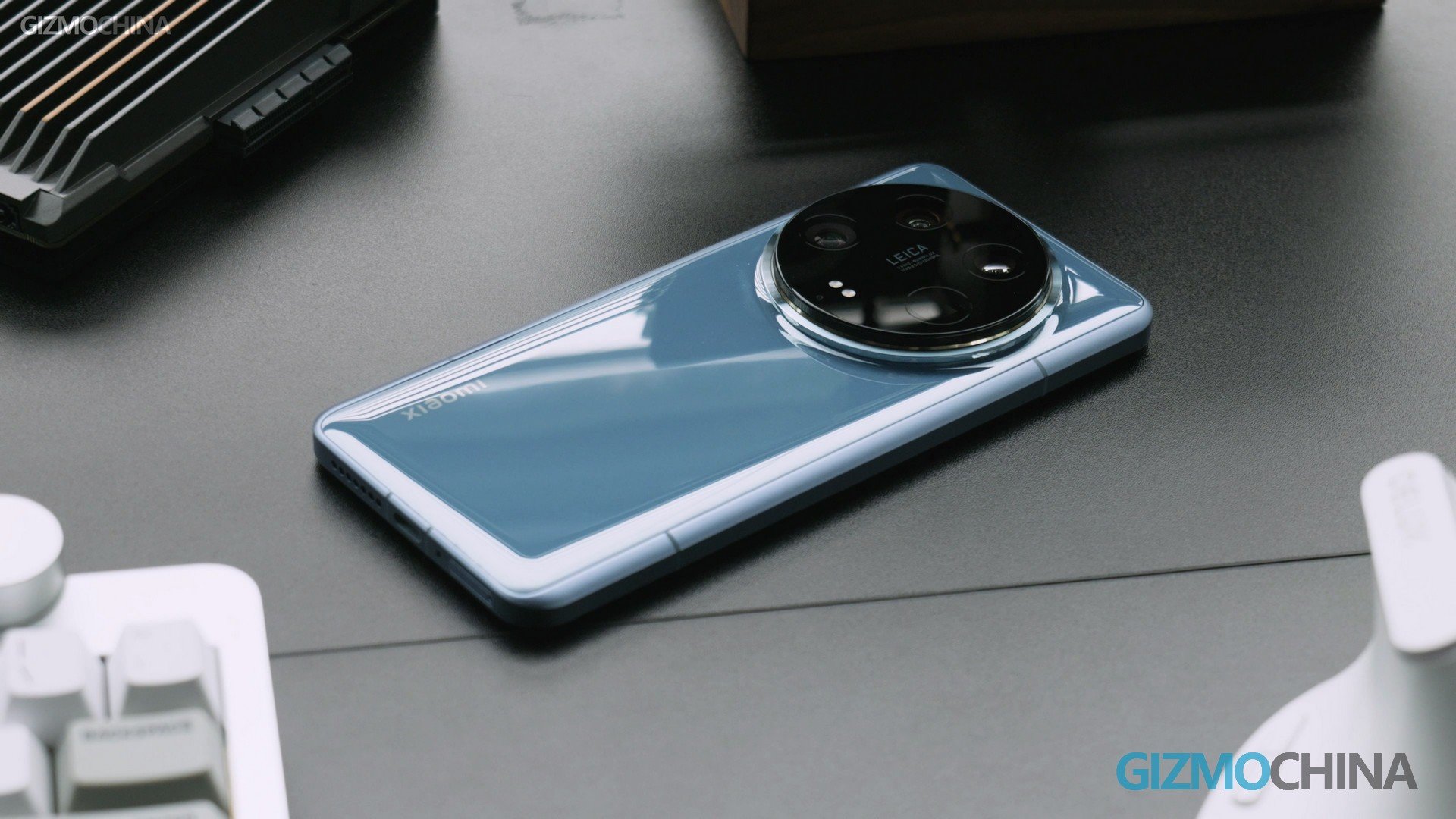When I saw the pricing of the Xiaomi 14 Ultra Global version, I admired Xiaomi’s courage. You’re selling it for that much, so that means you’re ready to fight with Samsung and Apple, right? So I’ve been searching for the reason why it’s so expensive for the past few days. Then I found the answer now: the camera is its best weapon.
Before I start the review, I want to make one thing clear. This Xiaomi 14 Ultra we have is the Chinese version. Compared to the global version, it still has quite a few changes. Like a bigger battery and more version options. If you can live with the Chinese ROM, which is that compatibility with non-Chinese apps might not be as good. But Google Mobile Services is working fine. Even with shipping and customs, buying the Chinese version is the cheaper option. So for those interested in the Chinese version, check out the link here.
Camera specs
Okay, let’s start with the hardware of the Xiaomi 14 Ultra camera system. As it is written on the screen, it’s not a big upgrade from the 13 Ultra. The main camera’s sensor has been replaced, and the aperture is bigger, though still 1-inch in size. the 5x telephoto camera’s aperture is also bigger. There’s also the 3.2x camera that finally has no crop. It’s a true physical focal length 75mm lens. The ultra-wide camera has not changed at all, so we’ll focus mainly on the other three cameras.
13 Ultra VS 14 Ultra
Let’s be honest, whether it’s an increased aperture or a longer physical focal length, it’s all about having sharper, or shallower depth of field photos in low light. Does the Xiaomi 14 Ultra do it? It did. But is it a big improvement? Not really. If I told you there was a huge difference in these photos, you’d be scolding me that you’re blind. In terms of sharpness and depth of field, I’d be hard-pressed to say it’s much of an improvement.
Of course, if I zoom in on the photos to compare, then I can definitely see that the 14 Ultra will be a little better in every way. But really very few people will zoom in a few times to see the details like I did. So if you bought the Xiaomi 13 Ultra, congratulations, you can use it for another year. I don’t mean that the 14 Ultra sucks, but because the 13 Ultra is already great, it seems like the 14 Ultra is a little bit sorry for its price.
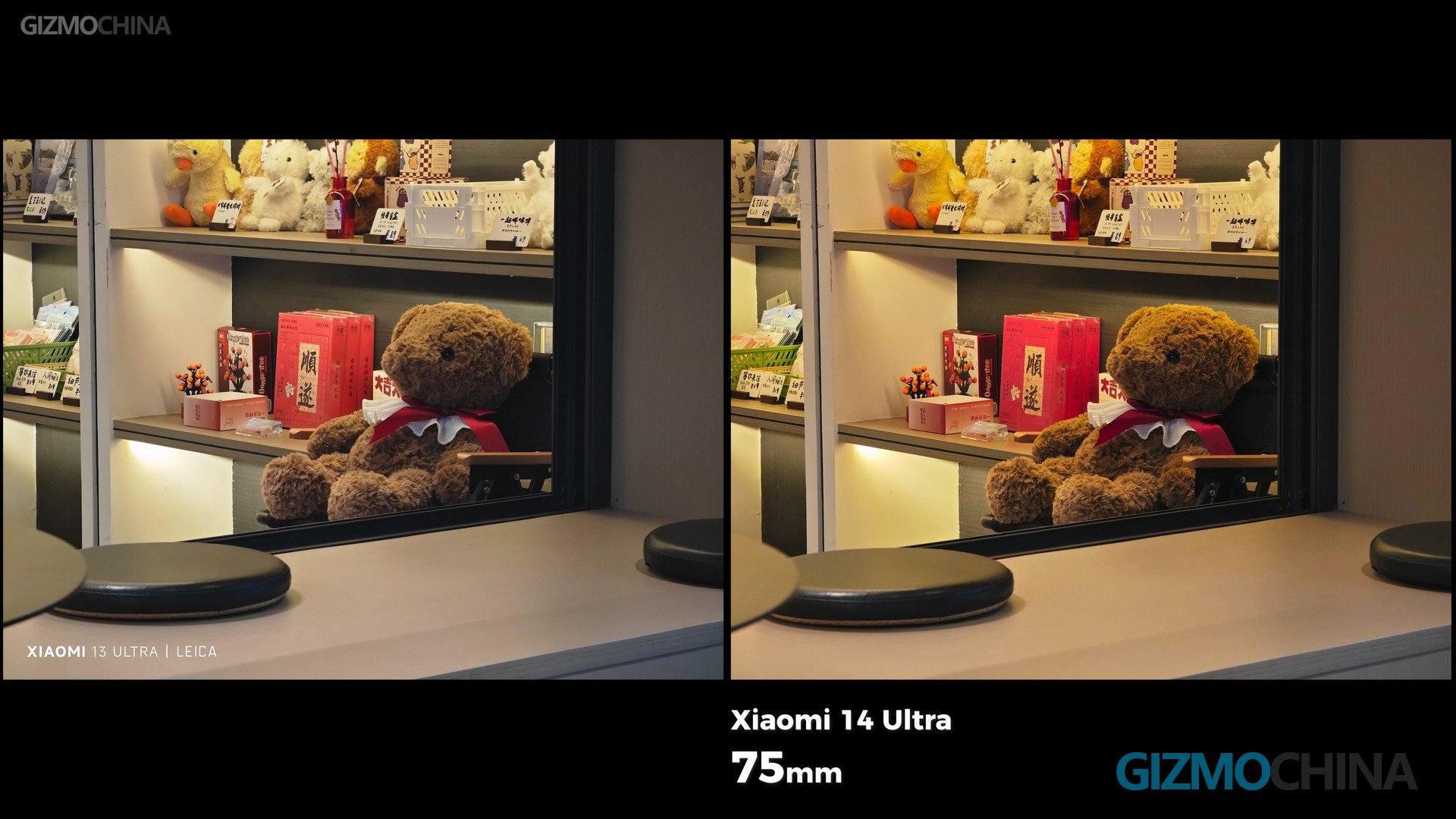
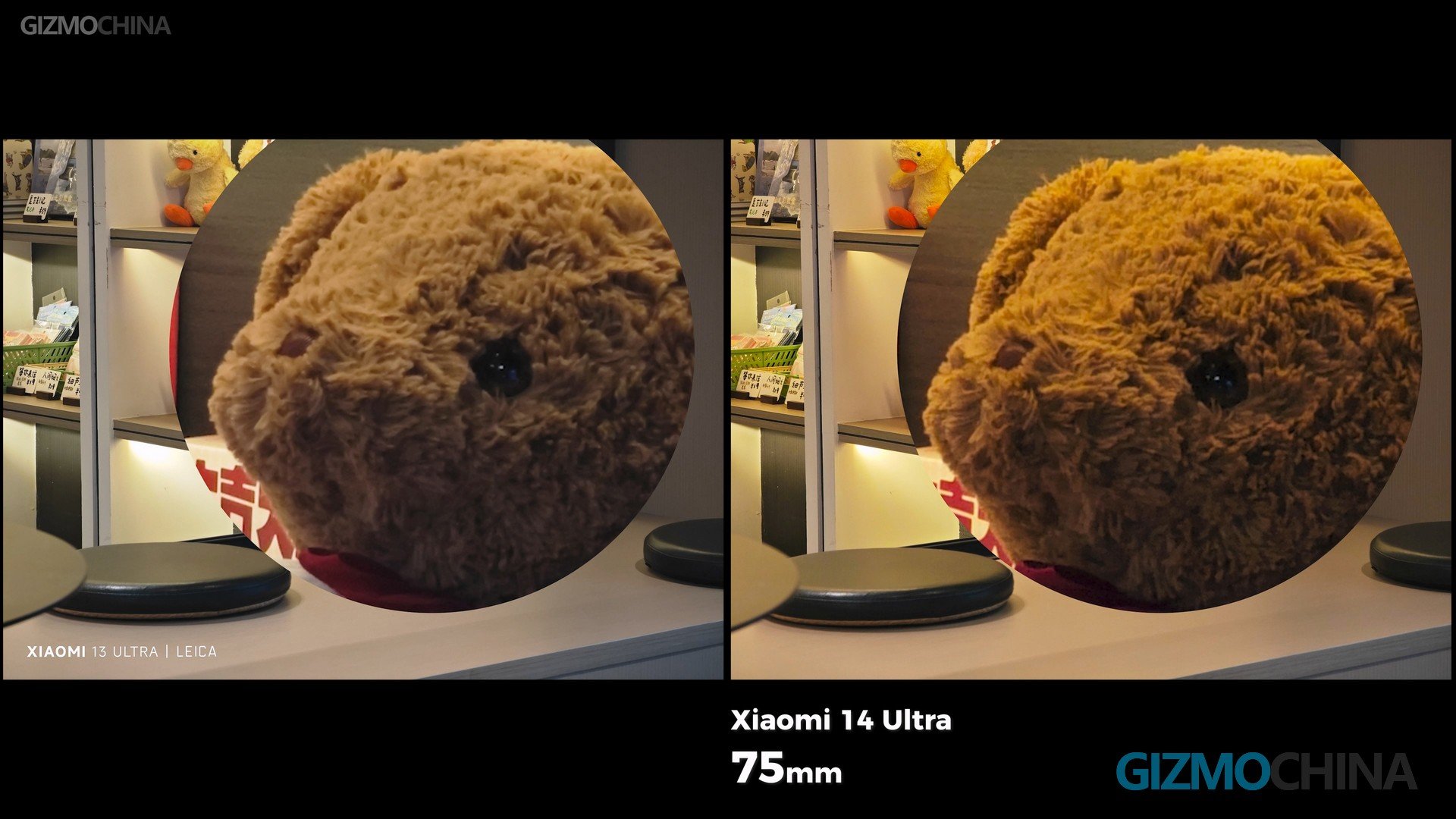
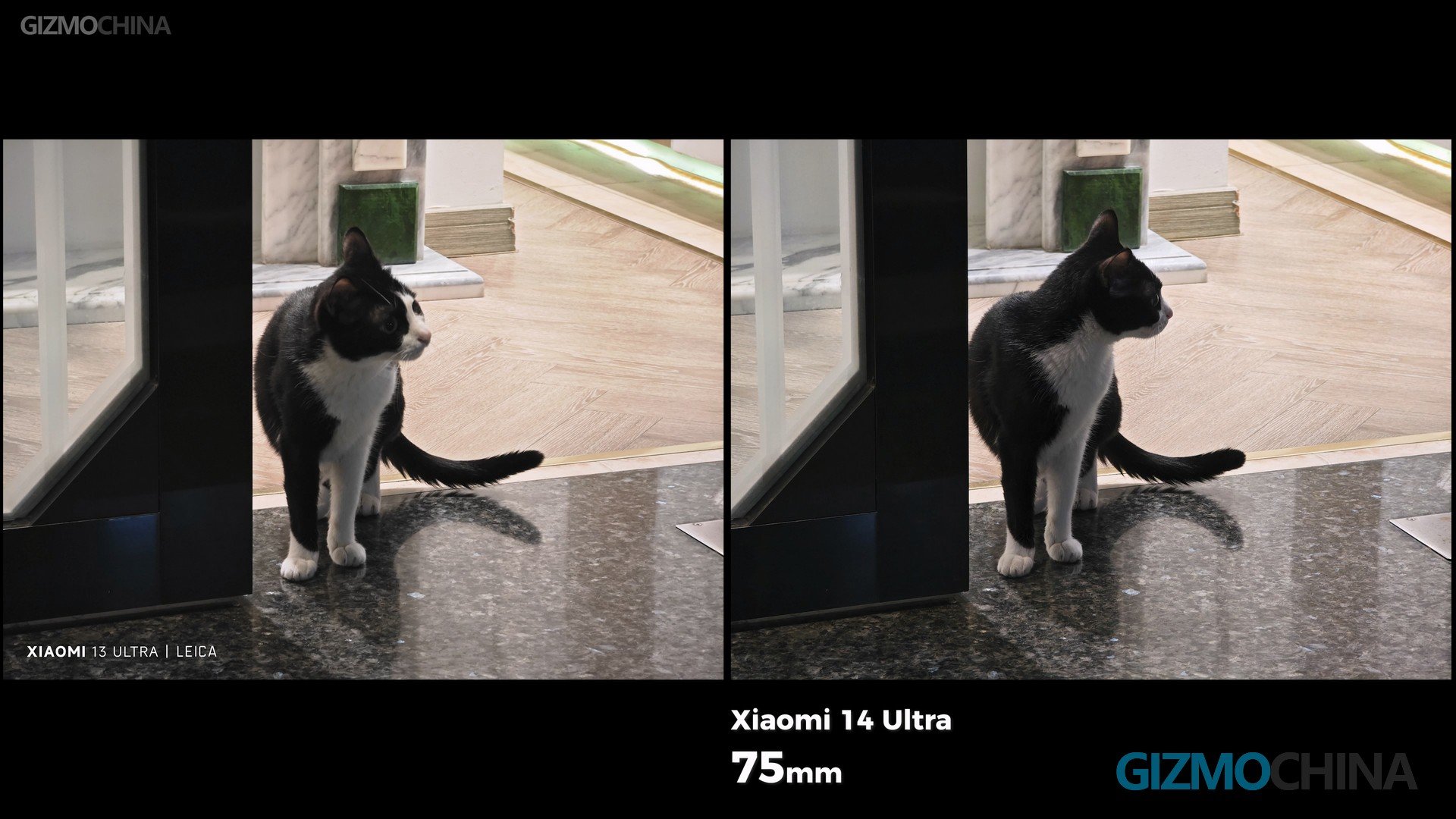
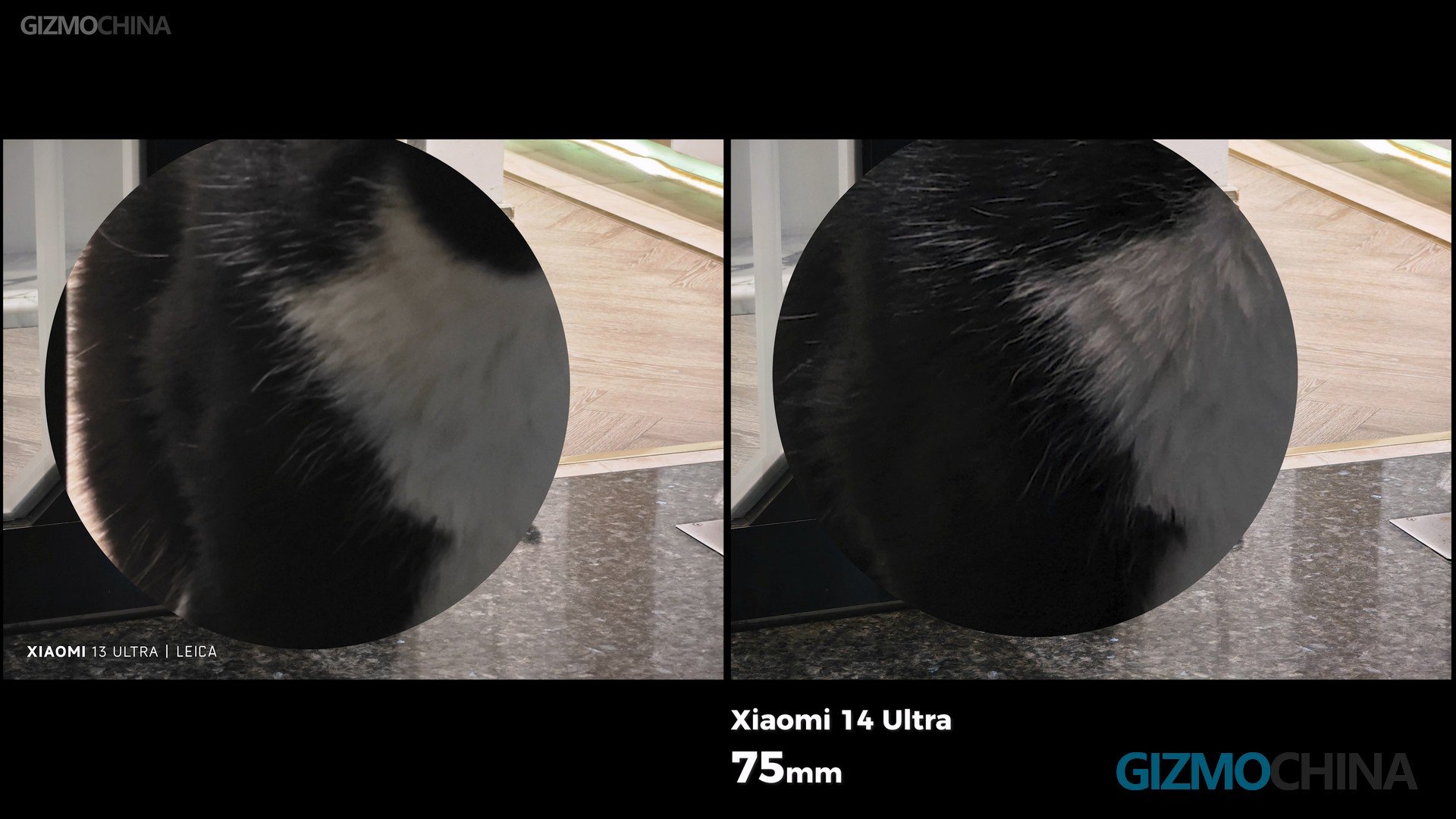
Oh, and for its Leica colors, you can check out my Xiaomi 13 Ultra Camera Test from last year. since the 14 Ultra hasn’t changed much, I won’t repeat it again. You can also view the full-res image of the 14 Ultra here.
New feature
Compared to that small improvement in image quality, I like three new features of the 14 Ultra. One is the macro mode. This time both telephoto cameras support a super close focusing distance, making it possible to take so many unique photos. If you take a photo with the 13 Ultra at the same distance, you’ll just get a blurry photo.
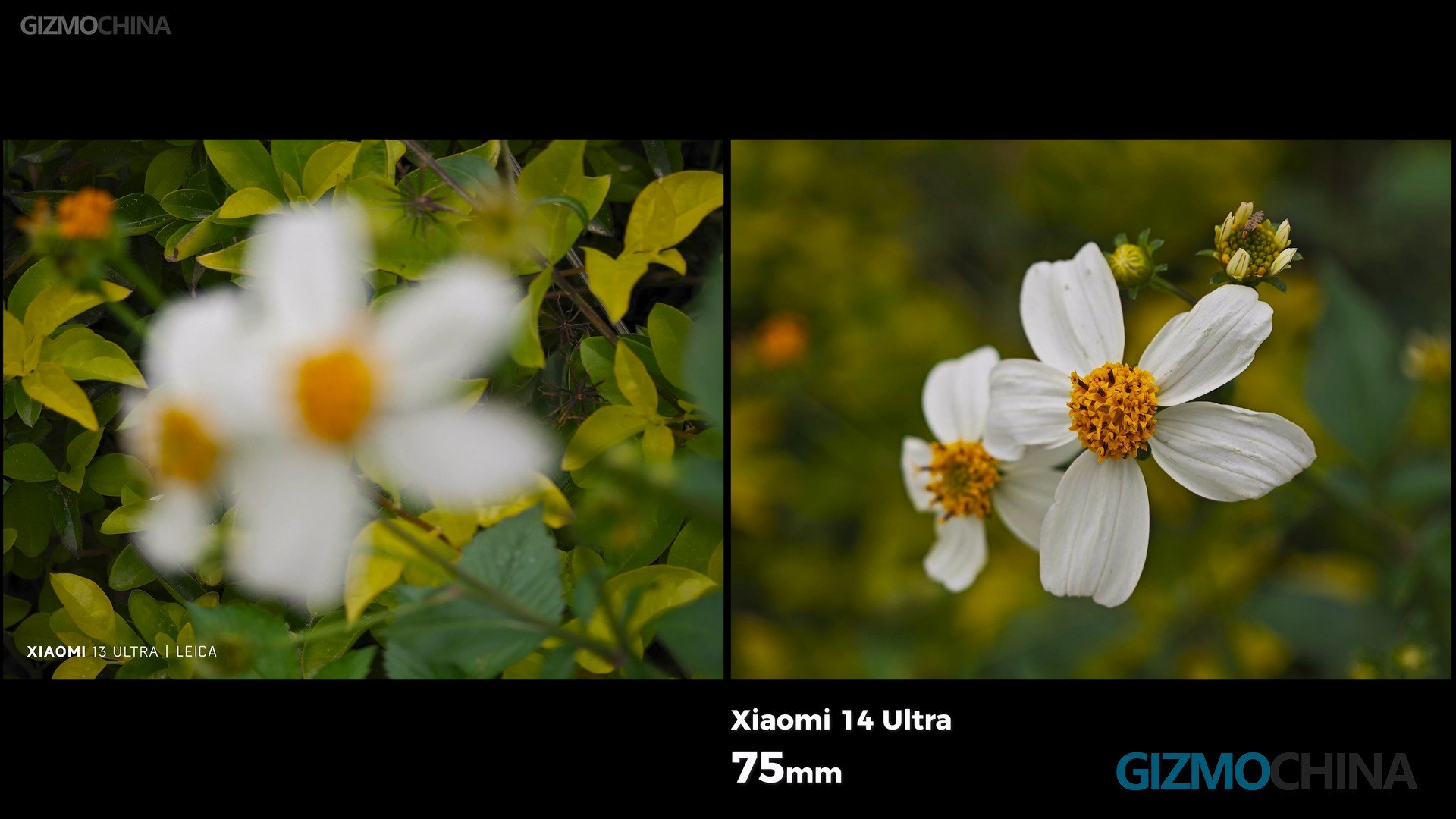
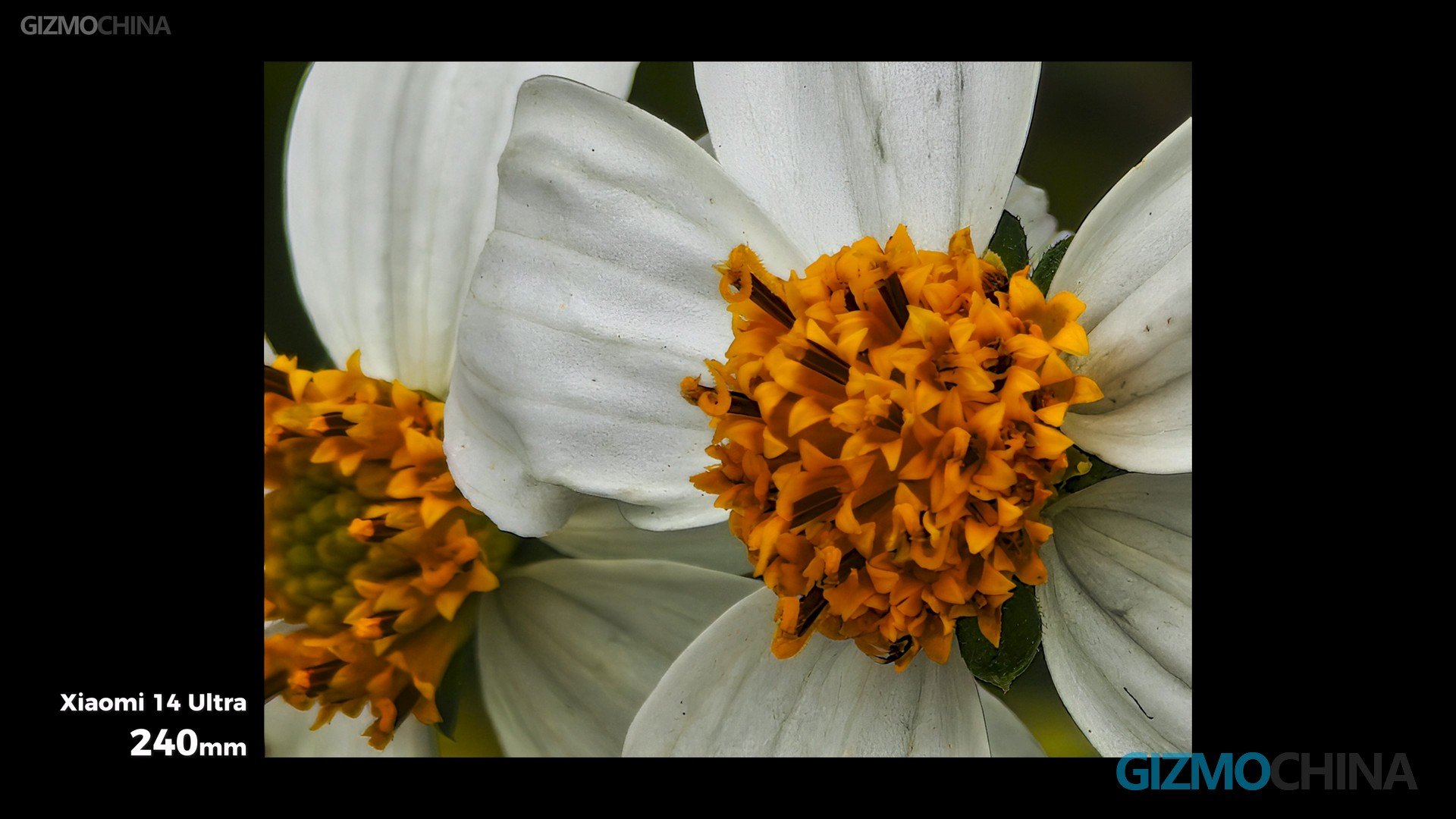
The second feature is Ultra Zoom, which is the use of AI to enhance the image quality. This feature has appeared on phones from HUAWEI and HONOR and has received mixed reviews. Some people feel that the AI will make the photography unrealistic, and others think it’s fine as long as the image quality gets better.
The good news is that the Xiaomi 14 Ultra activates this feature only when the zoom exceeds 30x. A switch is provided to let you choose for yourself whether to activate this feature or not. This feature is still in Beta and sometimes it won’t help. It also doesn’t activate in low light, so don’t shoot objects too far away to solve the problem at all.
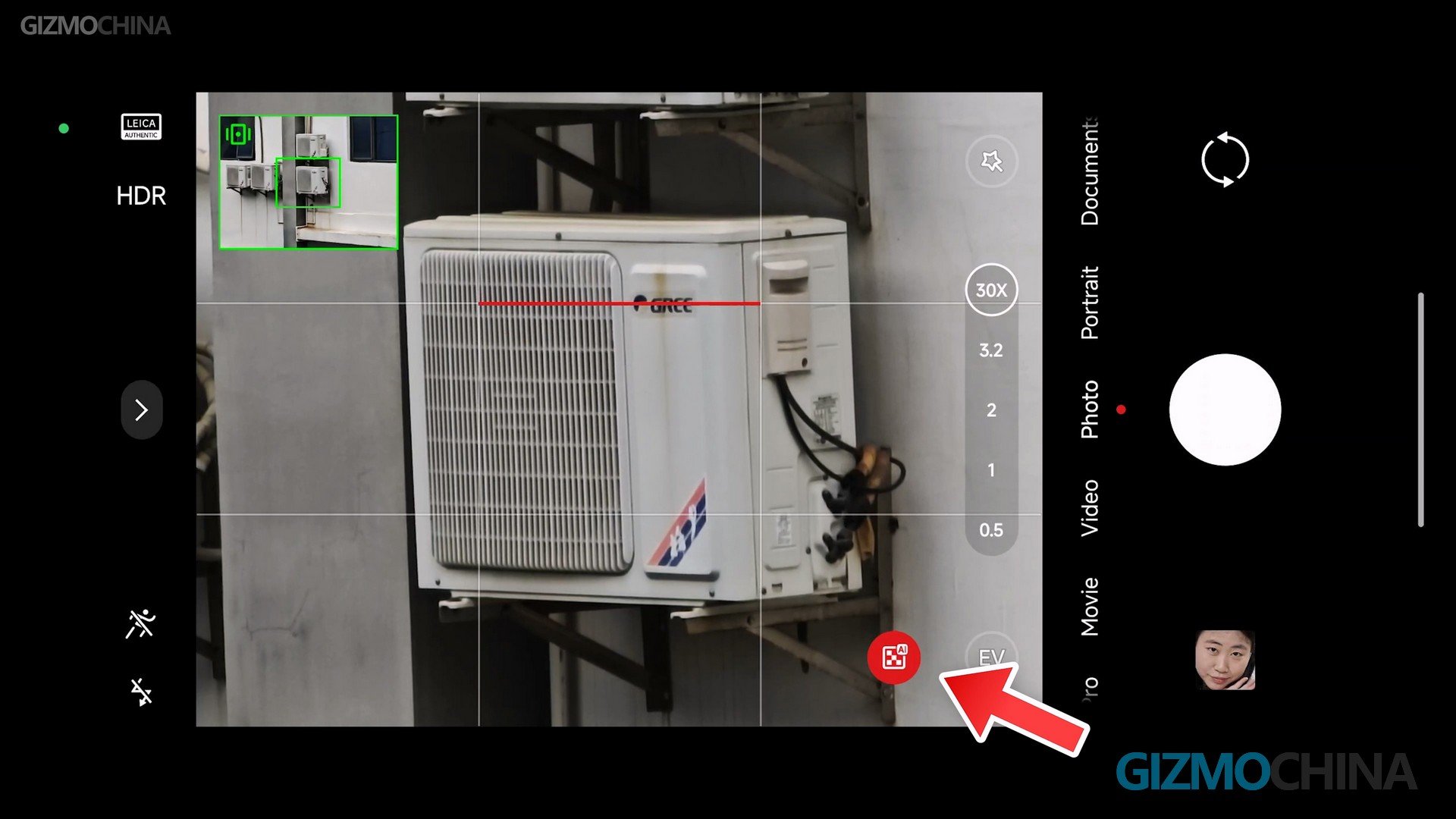
The last feature is Extended depth-of-focus, which makes the depth of field deeper. This allows you to get a sharp photo without having to shrink the aperture. Because it is a multi-frame composite, it will also have a stronger HDR effect. This is very helpful for taking pictures of food.
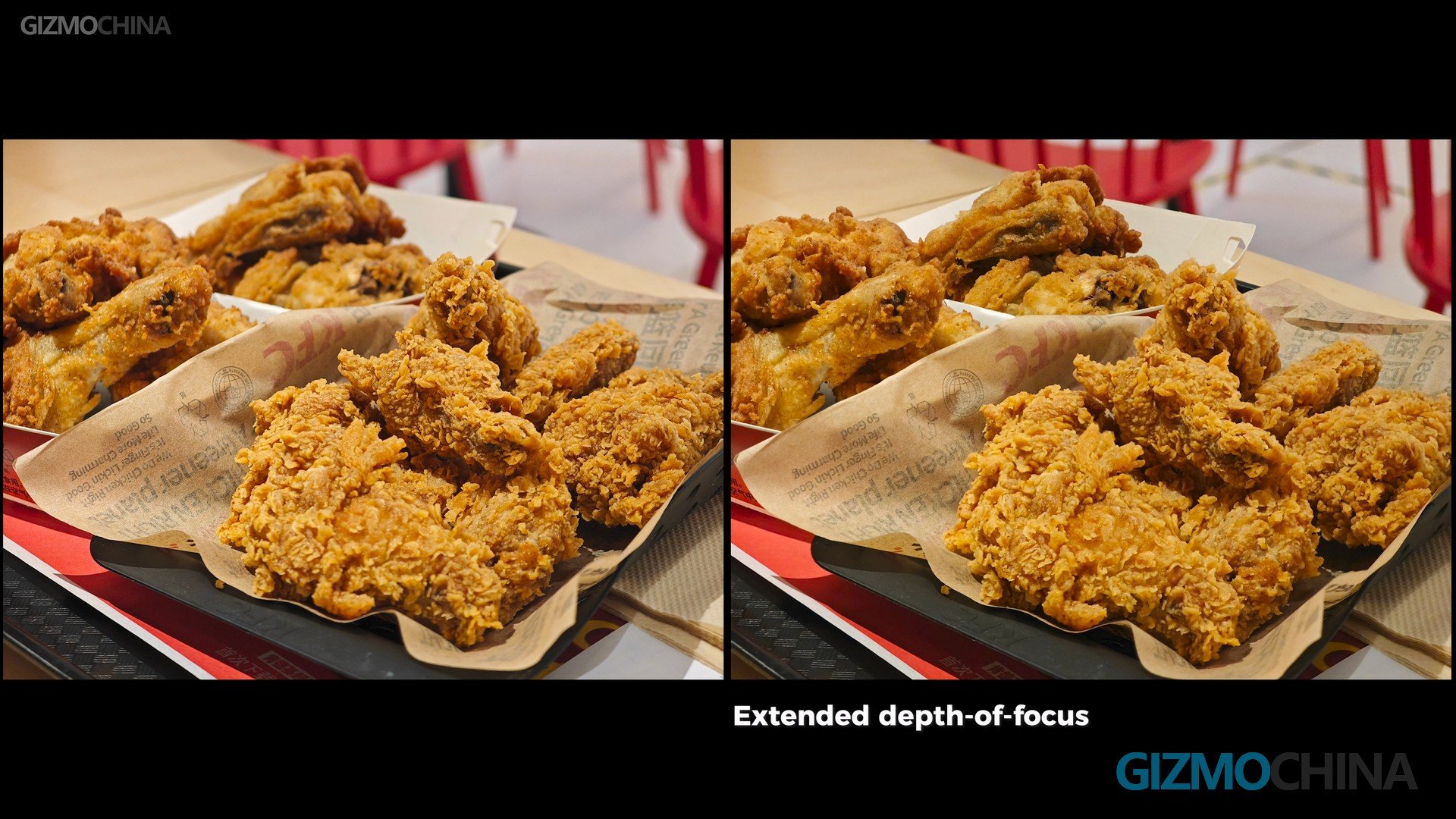
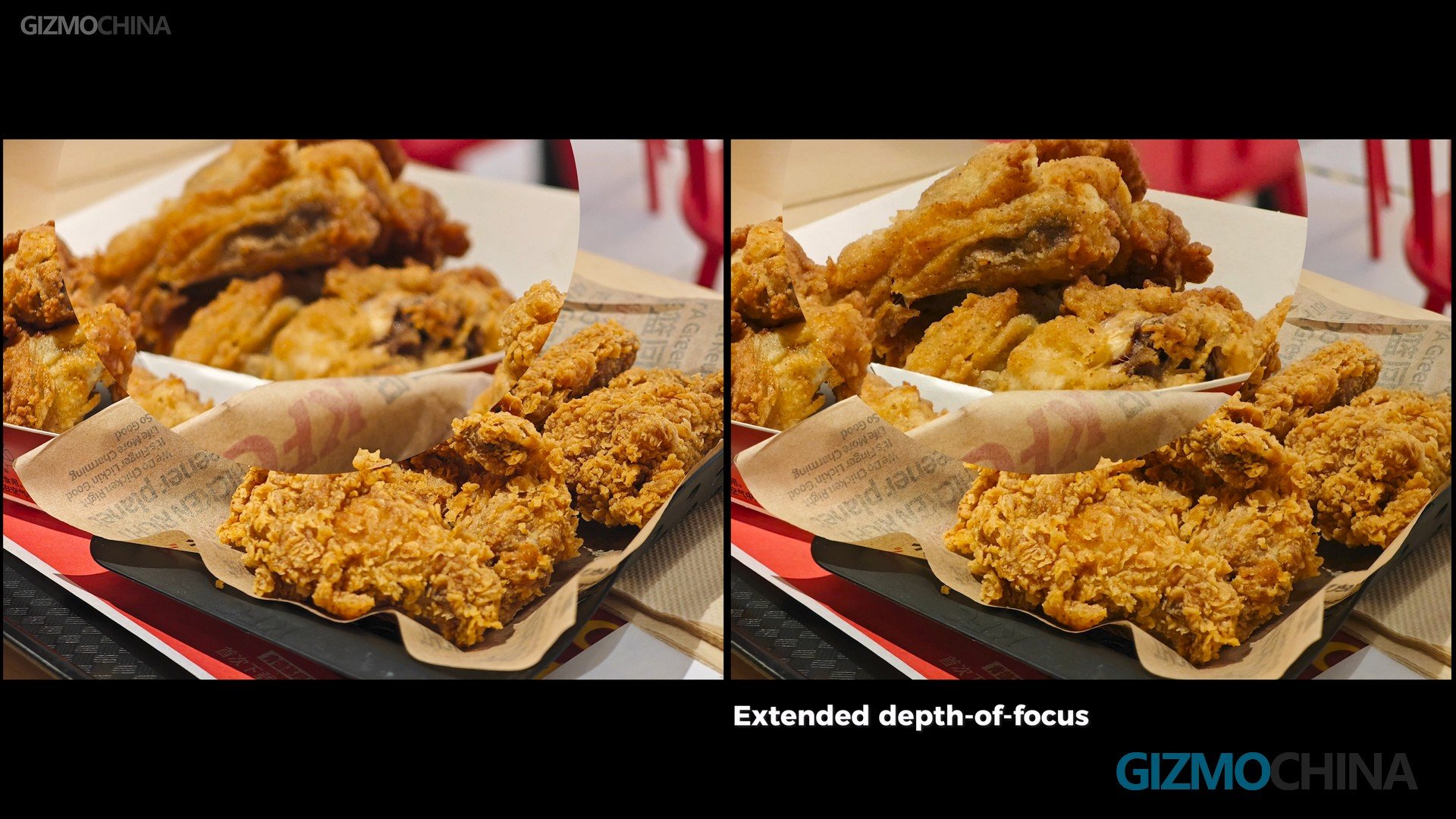
Xiaomi also knows that its portrait mode hasn’t been working well, so it has developed a new mode: the Master Portrait mode. In this mode, the contrast of the portrait is reduced. Too much contrast in Leica Portrait mode can bring out a lot of flaws. I’m sure your girl will like the new Master Portrait much better.
Video record
While the Xiaomi 13 Ultra already supports 4 cameras to record 4k 60fps videos, you still have to stop recording if you want to switch footage.14 The Ultra solves this problem this time around by switching between the four cameras as you please in a recording.
Thanks to the more power-efficient sensor, you can also record 4k 120fps videos. Unfortunately, unlike the Nubia Z60 Ultra, all cameras can record this spec, only the main camera can do it. Cinematic mode still only supports 1080p 30fps. Even though the new MasterCinema mode can record 4K 10bit HLG video, it can only be recorded with the main camera and is locked at 30fps. So Like Cinematic mode, I don’t really like using it.
To compete with Samsung and the iPhone, the 14 Ultra’s selfie camera now supports 4k 60fps video recording as well. There’s no autofocus yet, but that’s a good start.
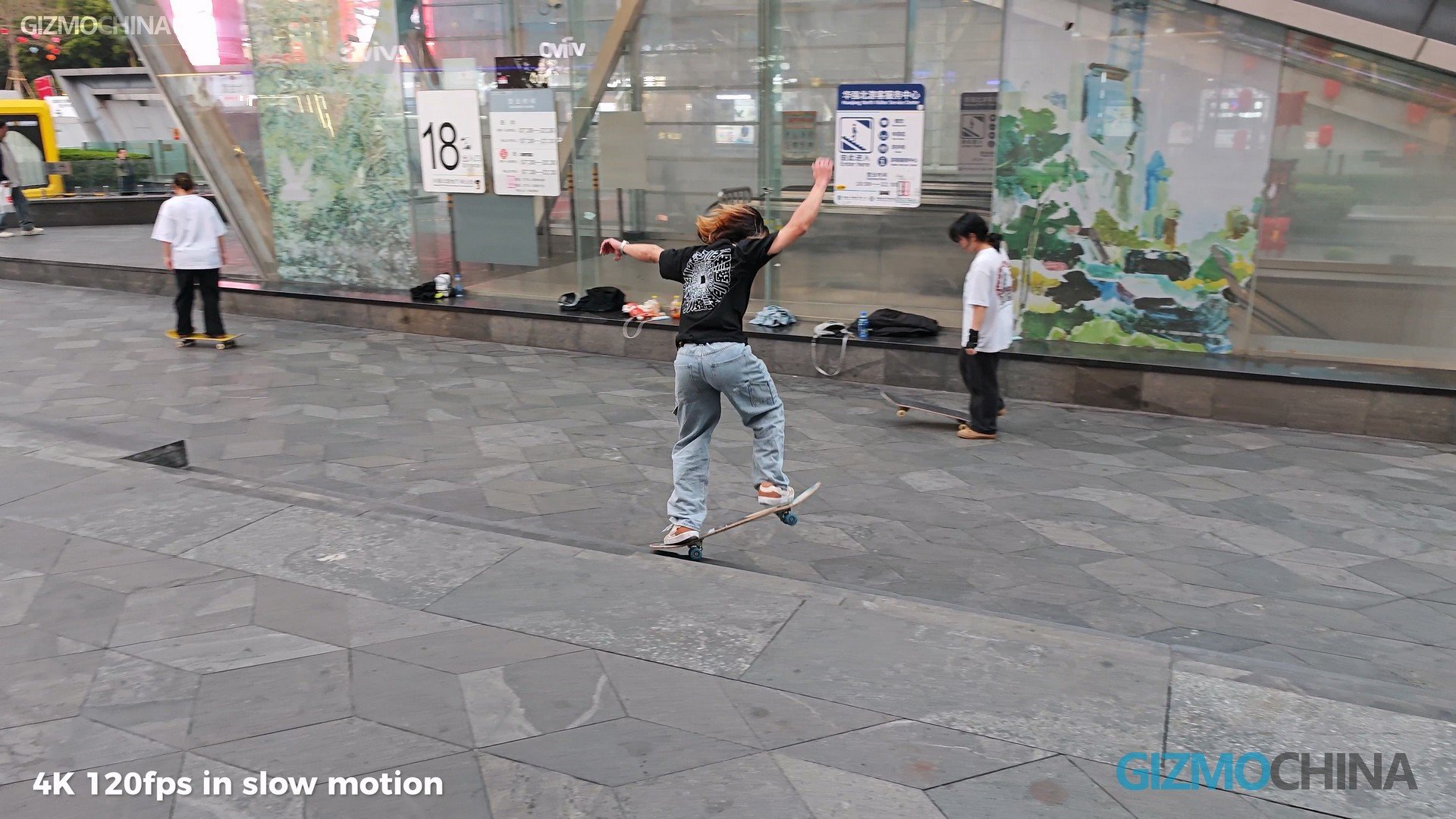
Professional Features
I am a big fan of using Pro mode when using the Xiaomi 13 Ultra. Because auto mode has one bad thing: the default exposure is too high. If you need to lower the exposure, you need to click and slide down later like this, which is too troublesome. the 14 Ultra’s new Ev Adjustment button is one of my favorite features this time around, so you don’t need to switch to Pro Mode to take cinematic photos.
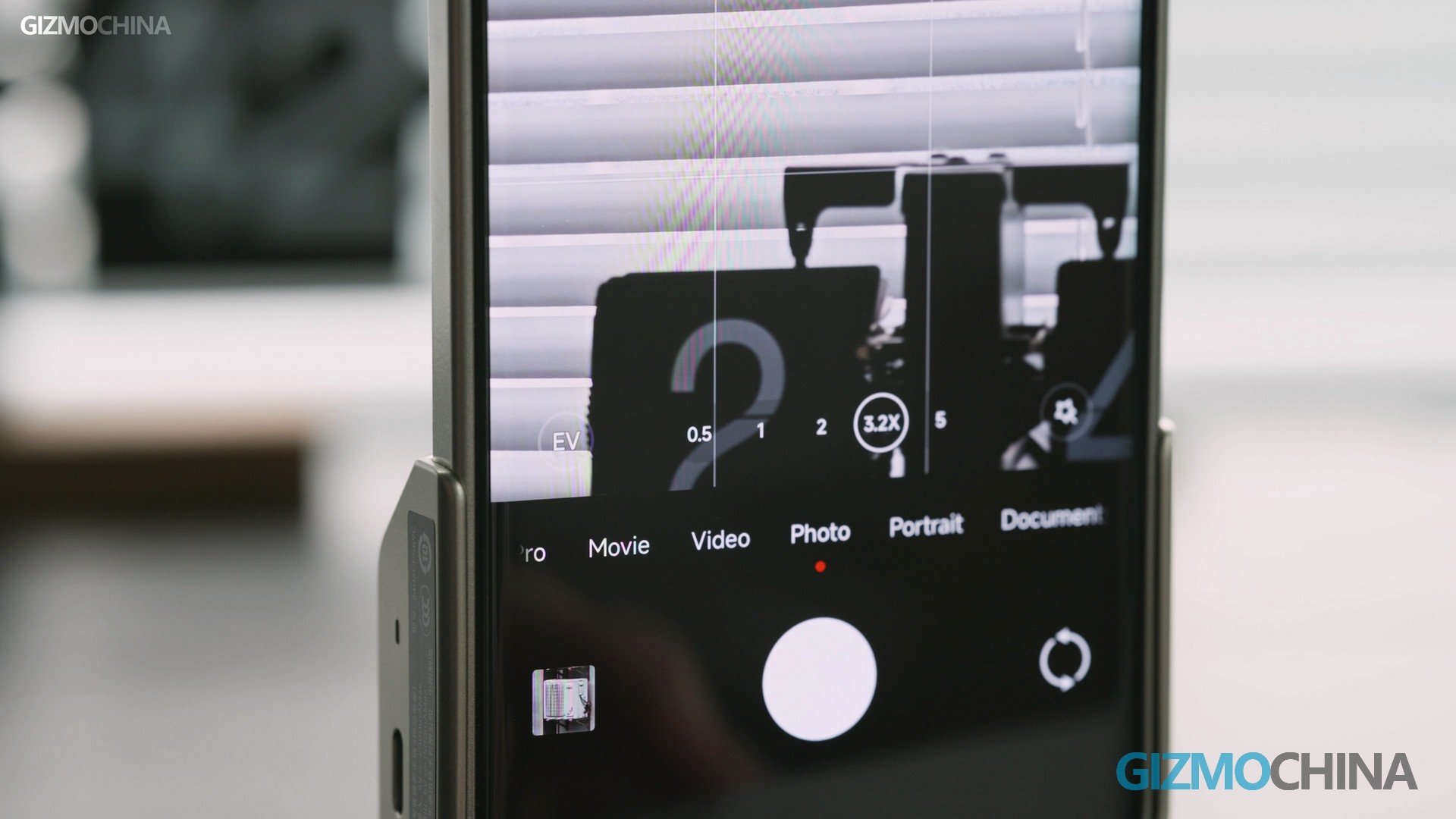
The Pro mode has also been upgraded for the more professional user. In addition to the custom Tonality, tones, and sharpening that the 13 Ultra already has, it also allows users to save presets. So you can quickly change your photography parameters depending on the scene.
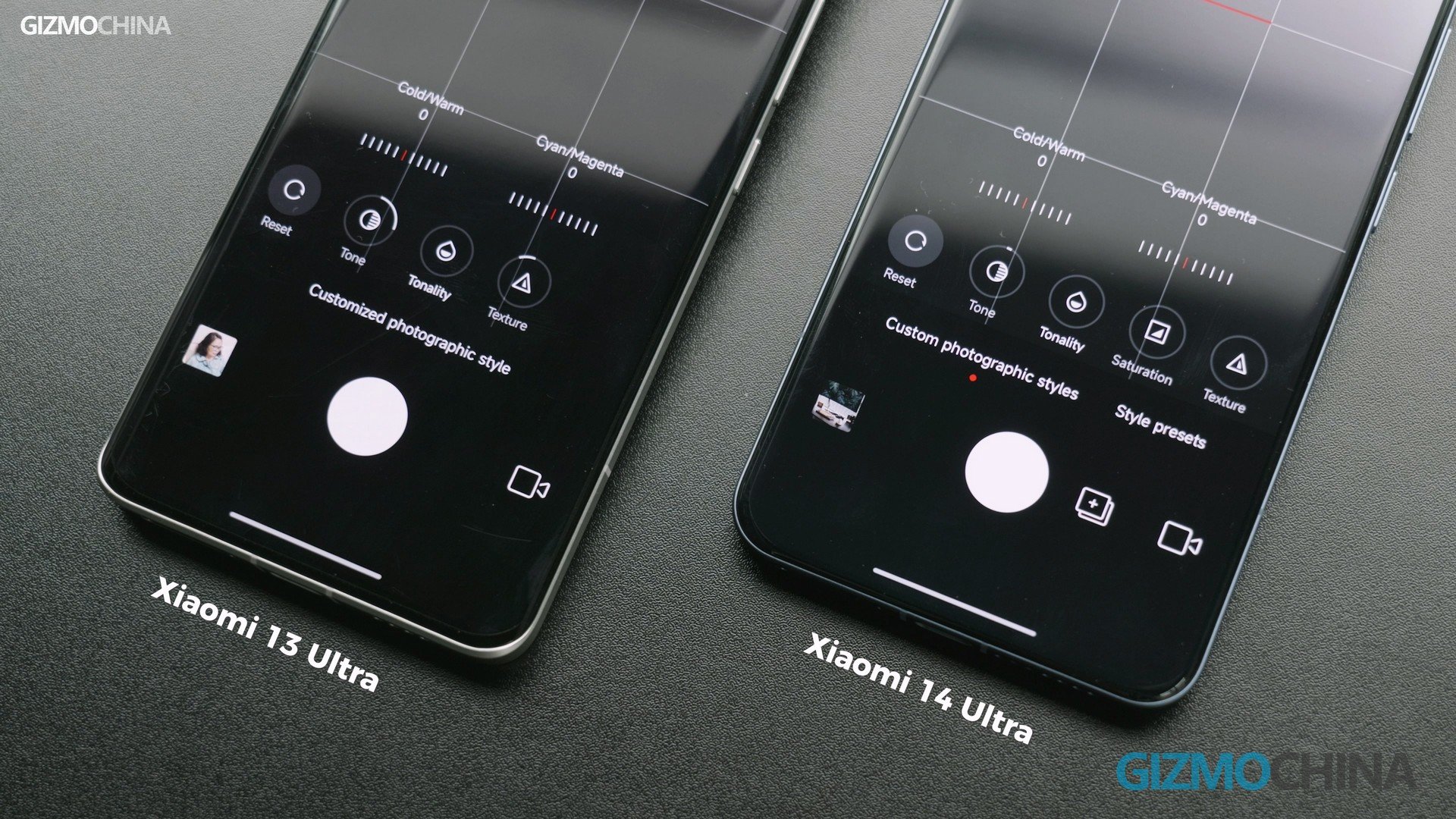
Xiaomi has also teamed up with Adobe to enable the 14 Ultra to be able to take 16-bit Raw photos and recognize them in Photoshop and Lightroom. I can’t show you a 16-bit photo in an 8-bit video, but it’s like a RAW photo that’s been composited over multiple images, and at a glance, you can see which one is the better choice.
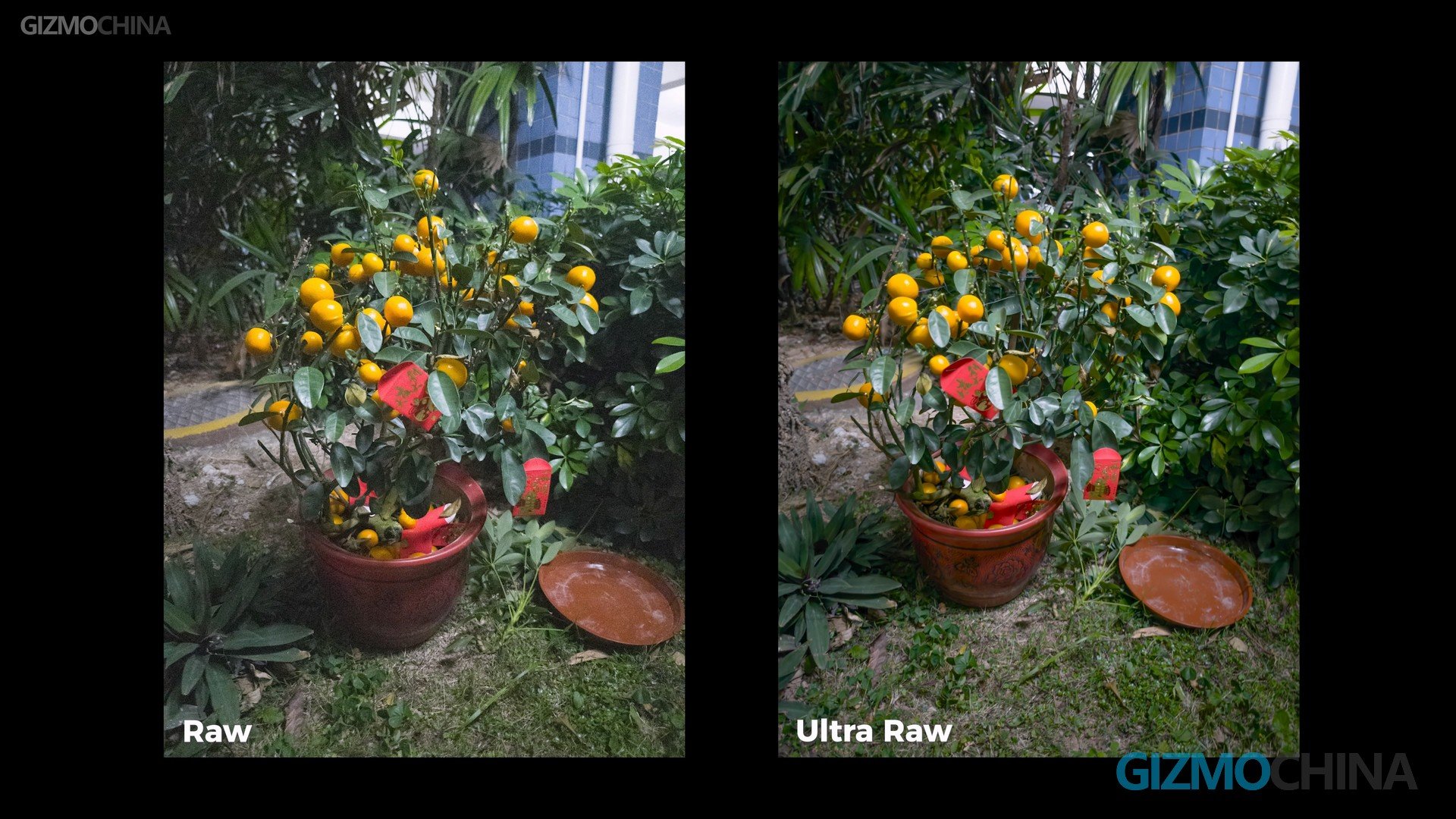
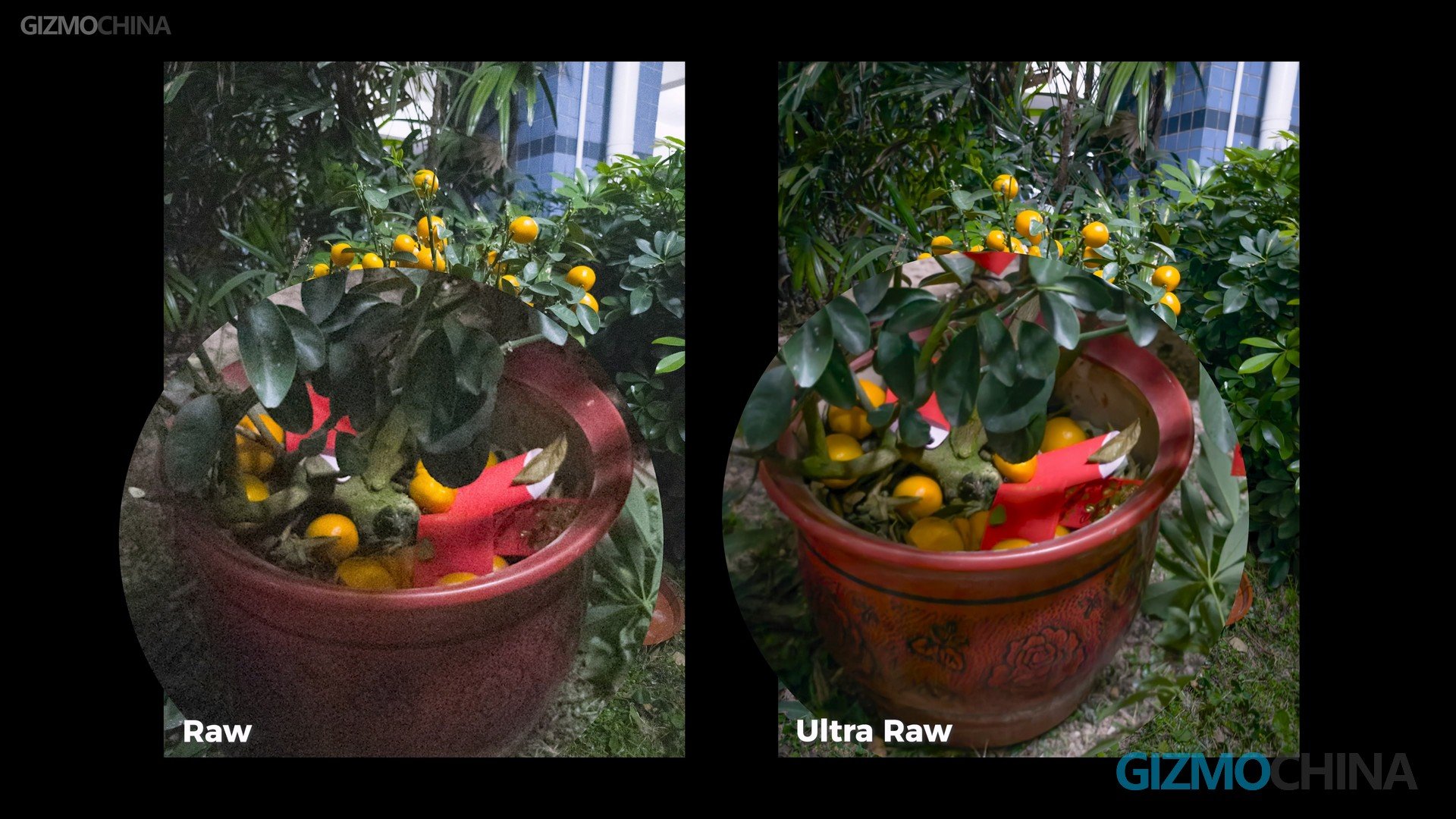
Photography Kit
In China, you just have to pay an extra $97 when you buy the phone, then you will get this photography kit. Just like the old model, the new photography kit allows you to install a 67mm filter. The way to fix the filter has been upgraded, removing the filter requires you to press a button, the same way you change the lens on a professional camera.
This new grip has also been changed from a Bluetooth link to a Type C link, which will make its shutter lag much smaller. What’s even more interesting is the addition of a new battery in the grip, which makes it a power bank for your cell phone, and allows you to charge your phone at full power without removing it. Now that makes this camera kit even more worth buying.
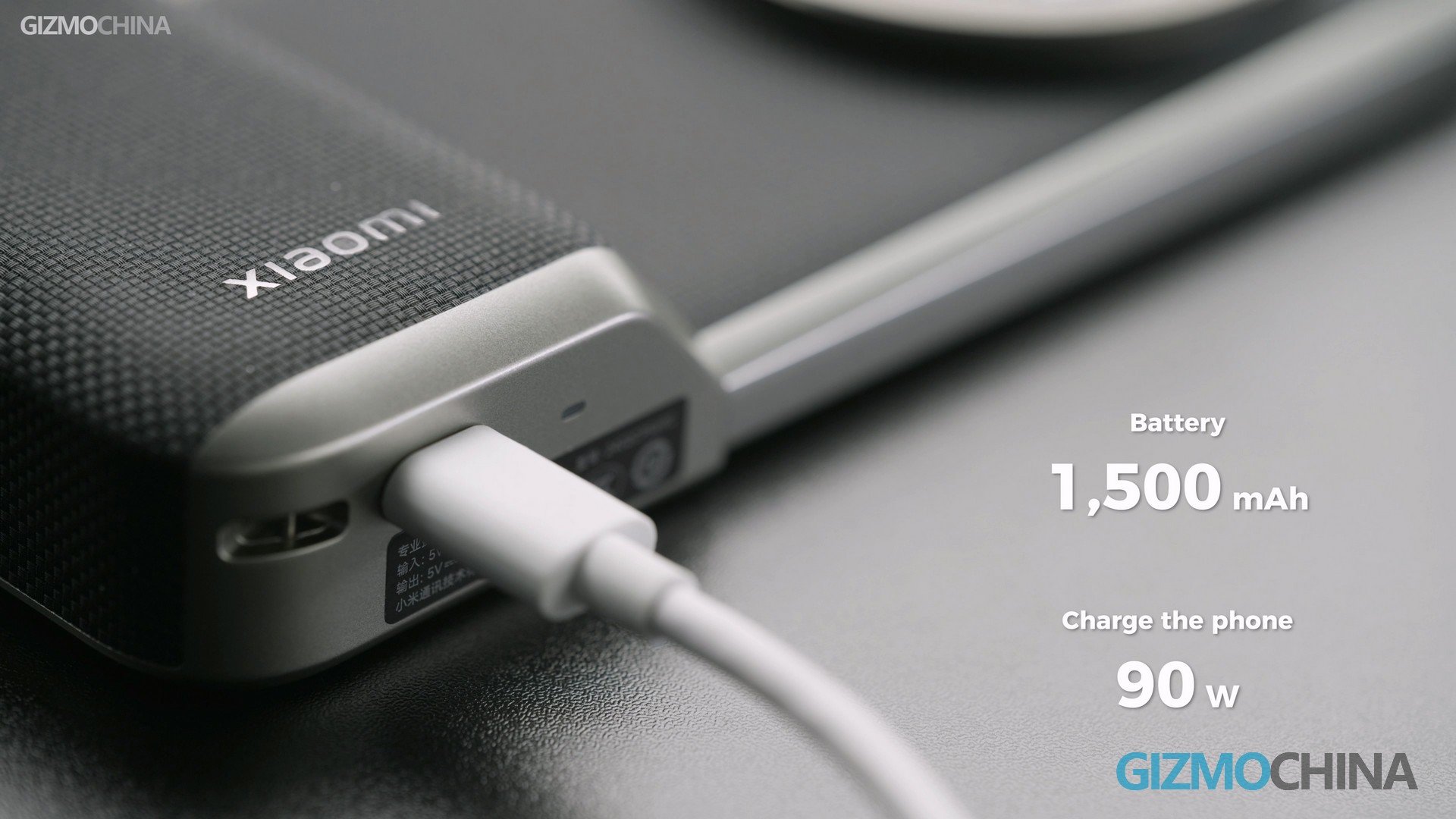
Xiaomi is a company that is happy to listen to its users. So this time, as we’ve come to expect, there’s the ability to customize the grip buttons and the bobber. What I complained about last time, was that there was no way to quickly switch between the various cameras with a single click, this time they added that feature. This is why I love Xiaomi.
The photography kit isn’t always perfect though, for example, there’s still no way to switch lenses via the grip in Pro mode. Sometimes the unresponsive bug can also make you miss some great moments. But all in all, it is an excellent photography accessory and I would recommend all photography enthusiasts to buy it.
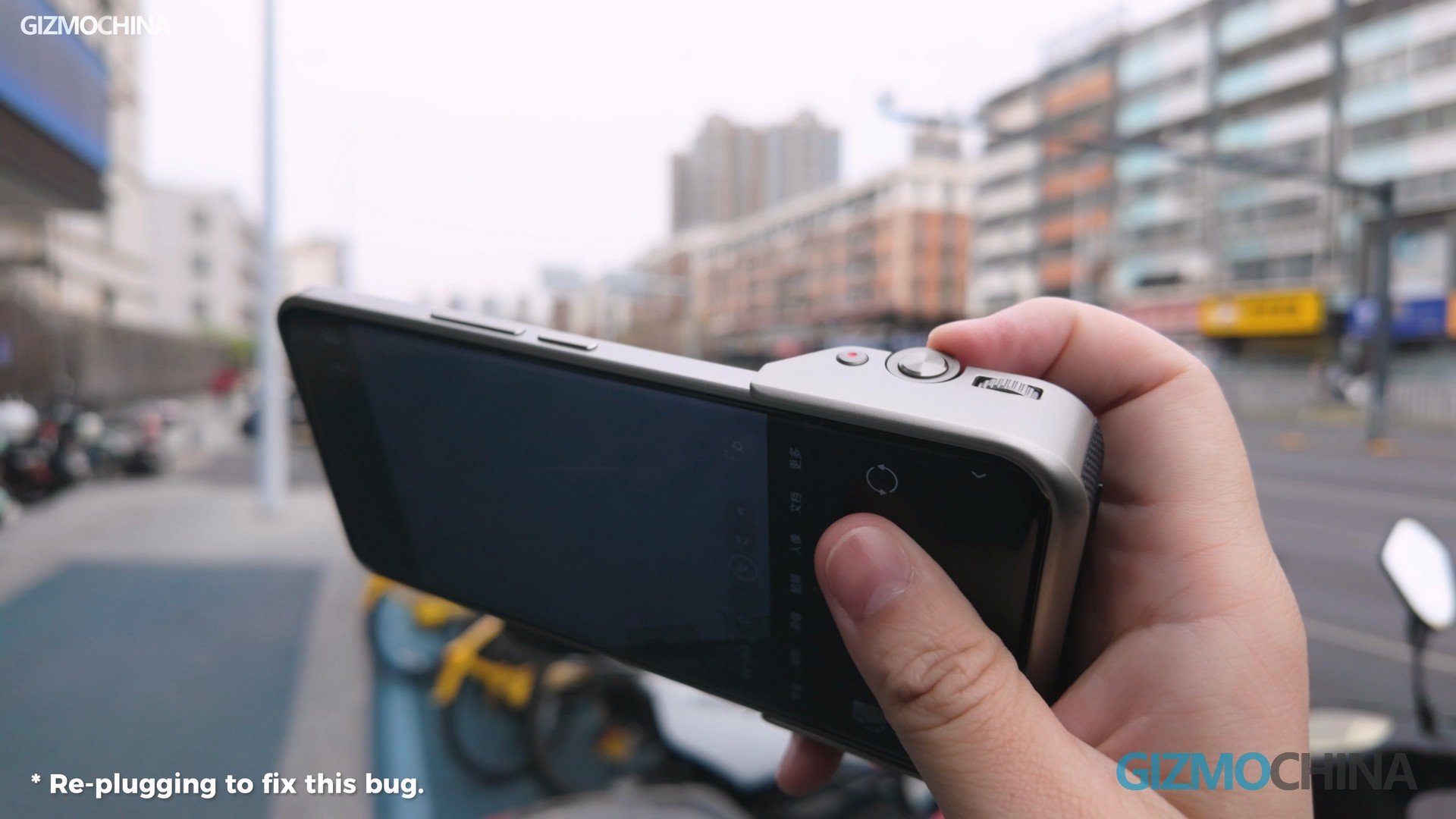
Display
In theory, the screen on the Xiaomi 14 Ultra is the same as the 14 Pro, with a C8 panel from TCL. There’s a boost in brightness, though, which is about the same as the S24 Ultra. If you want to say what’s good about this screen from Xiaomi, it has to be the dimming. The DC-like and 1920Hz PWM dimming is something Samsung and iPhone never had.
A lot of people hate curved screens, but the curved side of the 14 Ultra’s screen is so small that you can’t think of it as a curved screen. The display area is almost flat, plus the four sides are almost equal in width. I think it’s just the perfect phone screen. The only downside I can think of is that it’s hard to put a tempered film on it.
Benchmark & Gaming
Like other image-focused phones, the 14 Ultra’s performance isn’t exactly top-notch. The benchmark scores are average, no surprises there. The gaming experience was better than expected. Even with some lag, overall smoothness and power consumption were excellent. At least much better than the S24 Ultra performance. This should be the second phone besides the Nubia Z60 Ultra that manages to top both the photography and gaming experience.
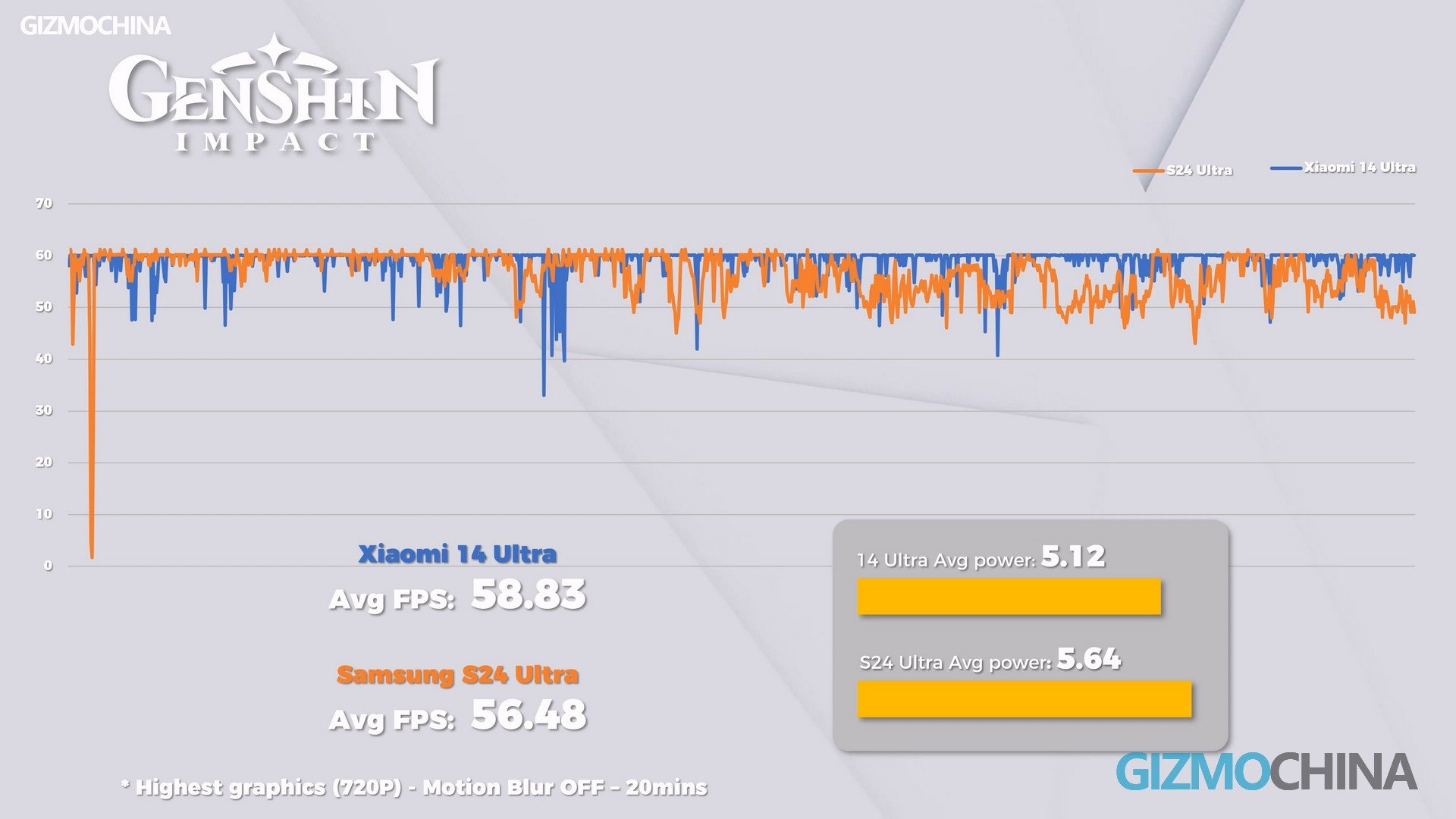
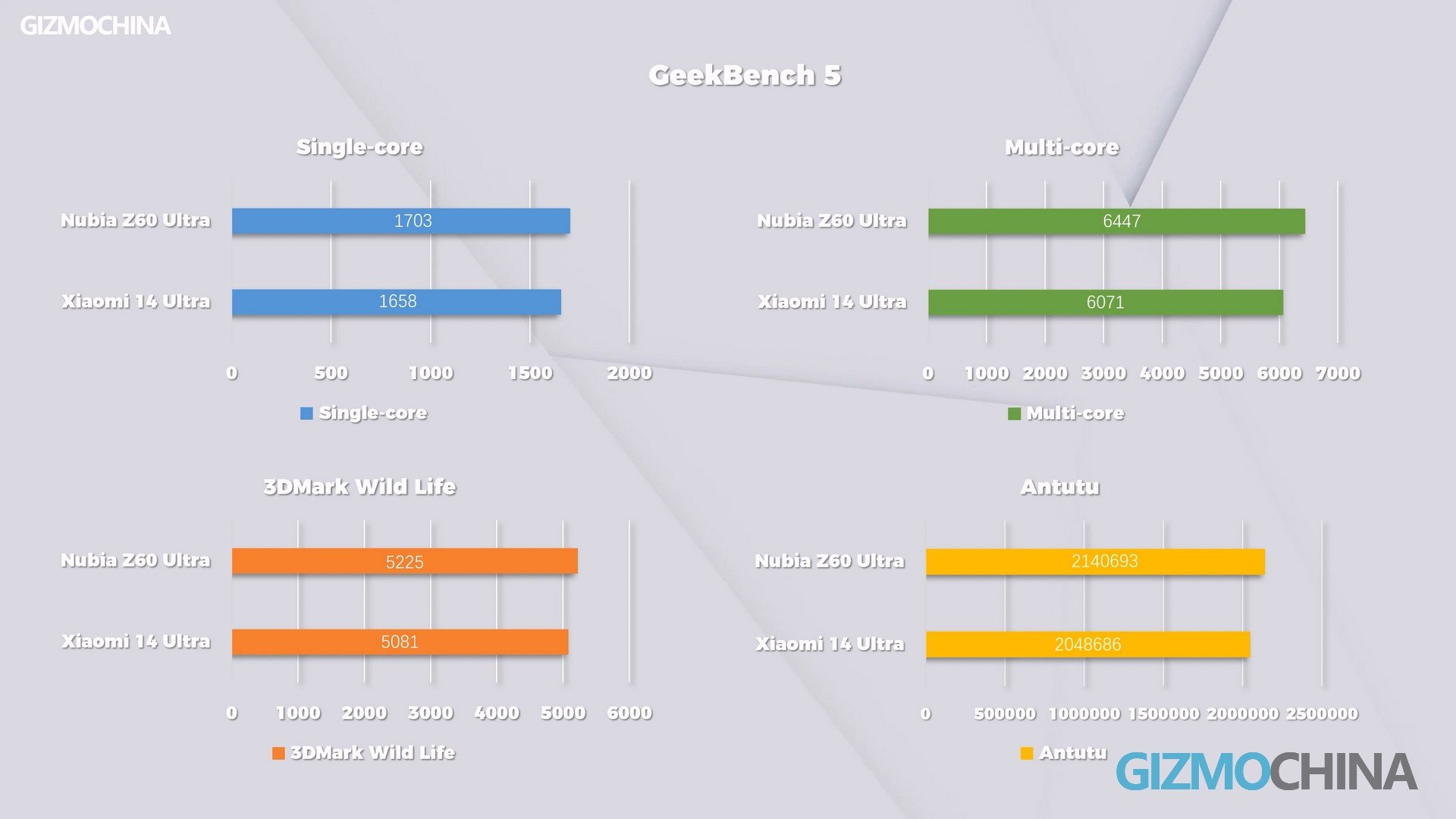
Charging & Battery
When I saw this 90W charger while Unboxing, I knew it hadn’t upgraded its wired charging power. Well, looking at the two phones next to me that don’t have chargers, I don’t have any complaints anymore. Thanks to a policy change in China, wireless charging power for Xiaomi phones has finally gone back to 80 W. But there’s bad news, because of a change in the location of the wireless charging coils, it may not be compatible with all charging docks. For perfect charging at 80W, you’ll have to buy their latest charging dock.
This time the Xiaomi 14 Ultra also comes with a 5300mAh Jinsha River battery. Not to mention the gimmicky name, Xiaomi has brought a bigger battery with new materials. That’s just good for consumers.
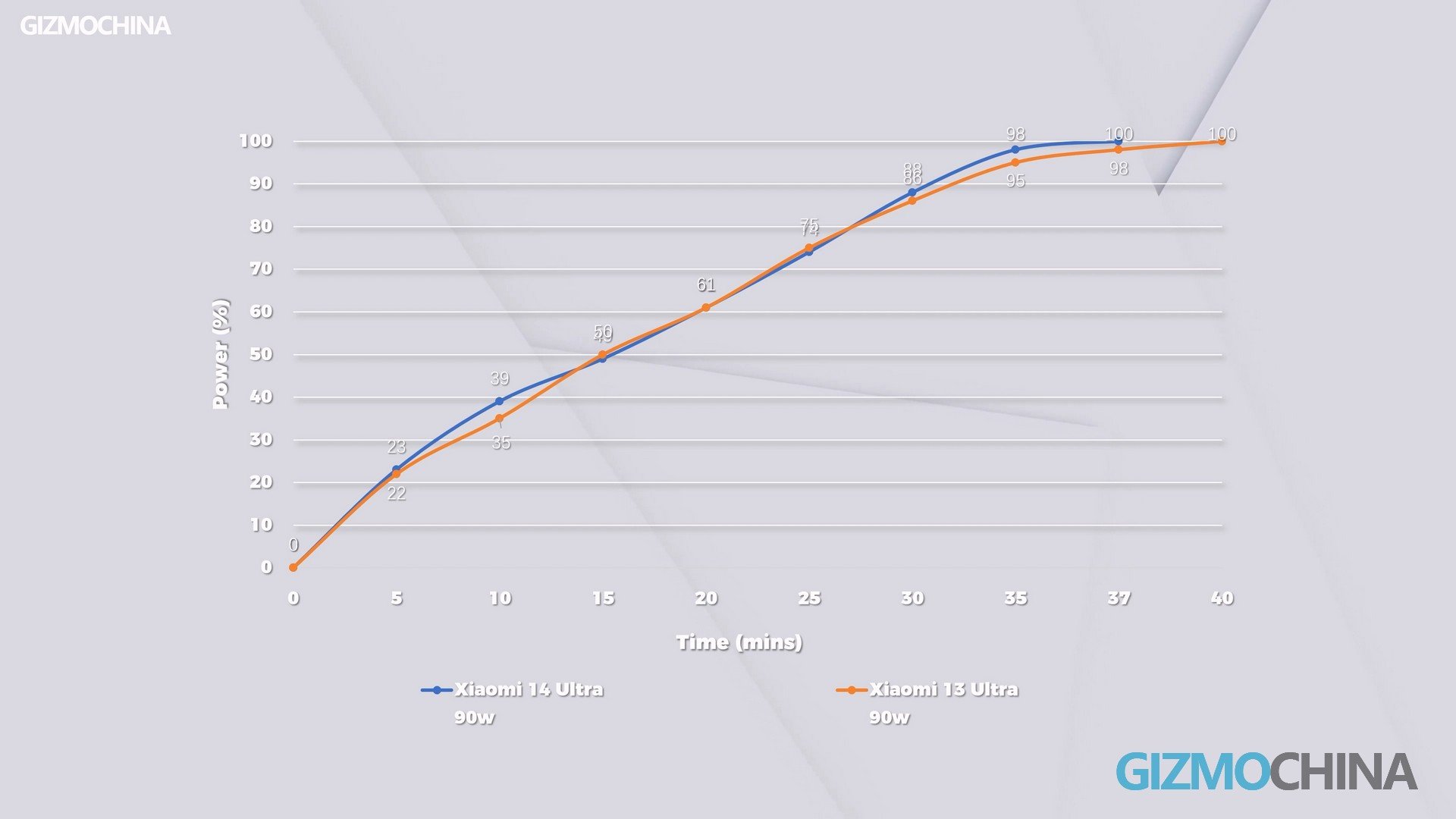
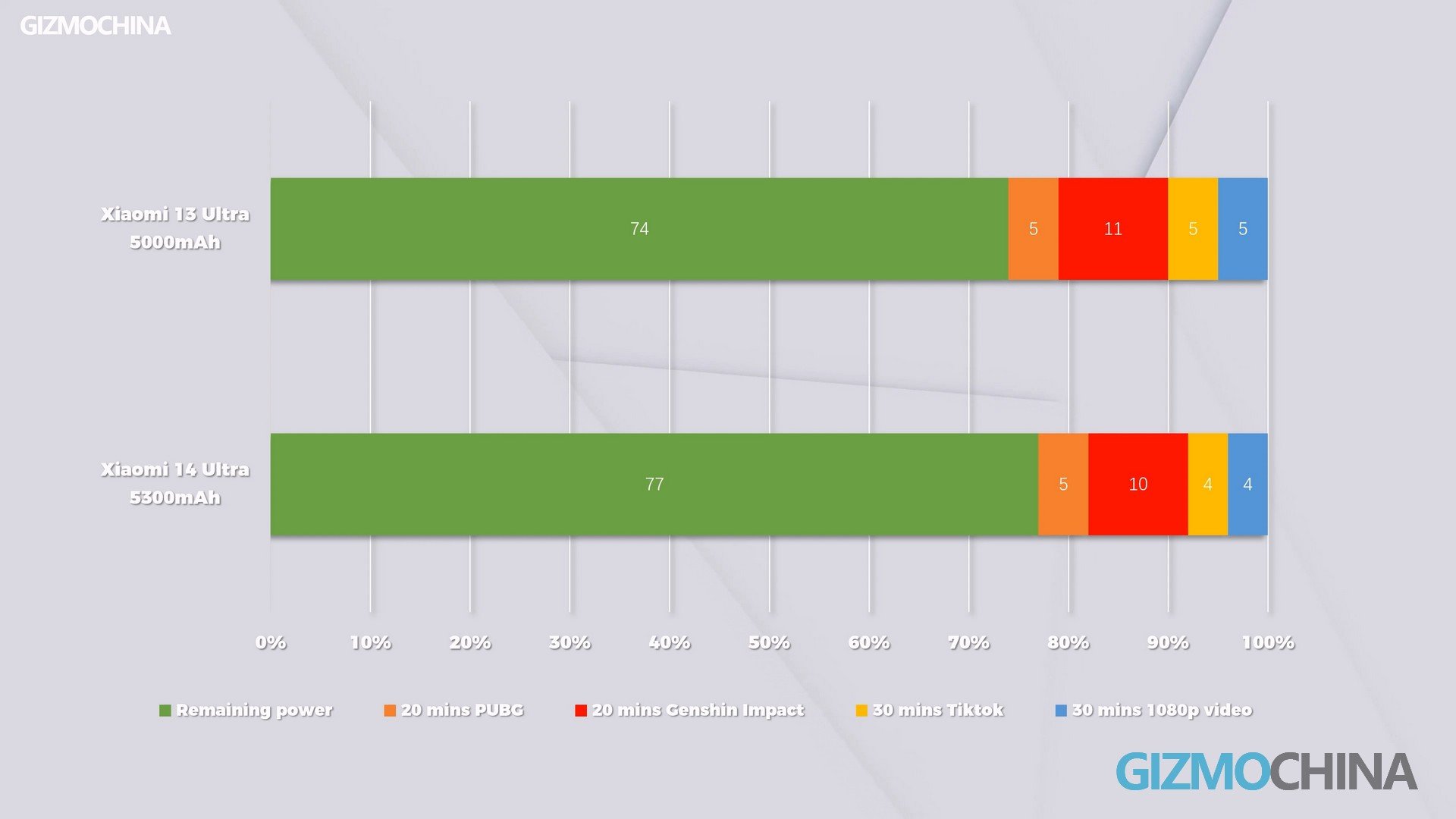
Conclusion
What about it? Do you think the Xiaomi 14 Ultra is worth 1500 euros? To be honest, I do think it’s still a bit expensive. Because of its most proud camera system, there are not many upgrade points compared to the 13 Ultra. But if you buy it in China, I think it’s worth it. the Xiaomi 14 Ultra is definitely a phone that can compete with the S24 Ultra or the iPhone 15 Pro Max. It’s just that Xiaomi still needs some time to prove that it’s the best one. After all, Samsung is 86 years old man, and Apple is also 48 years old. And Xiaomi is just a 14-year-old kid.

